 Abraham Lincoln
If given the truth, the people can be depended upon to meet any national crisis...
Abraham Lincoln
If given the truth, the people can be depended upon to meet any national crisis...
 Guildford news...
for Guildford people, brought to you by Guildford reporters - Guildford's own news service
Guildford news...
for Guildford people, brought to you by Guildford reporters - Guildford's own news service
Birdwatcher’s Diary No.245
Published on: 4 Dec, 2021
Updated on: 5 Dec, 2021
By Malcolm Fincham
November 17 brought with it a long-awaited full day of sunshine to the Surrey Hills. And the opportunity of getting some colour back to my photos.
The chalk hills of the North Downs were now resplendent in autumn colours. The beech trees preferring such alkaline soils to grow, were now robed in their copper coloured leaves, beautifully enhanced by the sunlight.
Visually inspiring to me, it had also been an attraction to our recent winter visiting birds. Bramblings were one such species.
Walking up the gently rising slopes from the lower car park at Sheepleas, located above East and West Horsley, I took a staggered route that allowed me to walk under some of the beech trees, their thick canopies blocking out the light.
At first all I could pick out to photograph were chaffinches.
It wasn’t to long before I was able to find a few bramblings among the gathering.
Similar in size and shape to the chaffinch, bramblings are noticeable in their winter plumage by their bright orange / rust-coloured chest, and in winter their beaks are yellow with a dark tip.
To most, being such a timid bird, they are more often than not distinguished by their white rump when they take flight.
By the time I had arrived at the picnic area near the Shere Road, I had counted well over 40 of them, so I decided to take a rest on one of the benches.
To my elation, while taking in the ambience of my surroundings. I was surprised to notice a ‘lone’ brambling feeding close by on beech-mast discarded by the trees about me.
Having taken numerous photos while ‘amazingly’ it was ignoring my presence, I decided to make a short video clip to what was unfolding into quite a memorable day.
Eventually (as seen at the end of the video clip), it took a border collie dog to walk close by to make the brambling take flight.
Redwings could be seen in reasonable numbers there, though I still remained sparse in getting sightings of fieldfares.
Wood pigeons were in good number that day, sometimes seen in sizeable groups in flight low across the tree line.
Many had been feeding on the ground below the beech trees as seen in another short video clip I took. And had been ‘put-up’ by the slightest disturbance about them.
Having become a little too carried away with my camera’s ability to video, I couldn’t help adding to the day’s sightings a kestrel perched up by the edge of a field.
The clear blue sky that day had encouraged a few birds of prey to take to the air. A peregrine glided ‘stiff-winged’ overhead.
While some surprisingly quick reflexes on my part allowed me some reasonable photos of one of three common buzzards that had been seen displaying in the thermals earlier that day.
A red kite also added to my day’s sightings.
Ring-necked parakeets could be heard, mostly as background noise during my time there. Eventually capturing a photo of a few of a group of six or more,
The familiar sound of marsh tits also eventually added a photo to the day’s sightings.
By the following day, and for a few days after, the weather had resumed its overcast theme of late. On the plus side, however, it remained dry enough to continue out and attempt a few photos.
On November 20, I was once again in the company of Bob and Dougal. This time on a trip back to Effingham Forest. An extra couple of ears and eyes is often a help for me in tracking wildlife to photo.
Lesser redpolls continued to move about in a flock of 25 or so.
Among the flock a few siskins could also be picked out.
I stared into a bush of golden brown leaves as I thought I had seen some movement. I then gained perception of a recognisable image, or was it just a meaningful pattern where none actually exists?
Pareidolia, is the name of the phenomena, or so I believe? As in the perception of a face on the surface features of the moon. I finally convinced myself by taking a few photos that it was one of the many bramblings we had seen that afternoon!
The largest of our UK finch family, and possibly the shyest and least achievable to see, is the hawfinch. Fortunately, during autumn and winter months a few reside within Effingham Forest.
A bit like looking for ‘a needle in a haystack’ unless you can recognise their innocuous call, but we were also blessed with a sighting.
We also saw mistle thrushes and other usual resident thrushes, with others possibly being winter arrivals from Scandinavia.
By the last week of November things had begun to cool down. A cutting breeze was beginning to bring weather from the north. Although precipitation remained minimal, days of sunshine alternated with cloudy ones.
I was beginning to feel ready to hibernate, as many mammals attune to this time of the year. I was more than happy to take up visiting local sites, chilling out and letting wildlife come to me for a change.
One such location I visited on several occasions towards the end of November was St Mary’s Churchyard, Perry Hill, Worplesdon. A “mutation” of thrushes had begun to arrived there.
Blackbirds were numerous, counting at least a dozen or more during my brief observation there.
Some could be seen to have black beaks and no yellow eye-rings, suggested that they were ‘first-winter birds’. The amount seen in such a small area also suggested that some may have arrived with the other winter thrushes present.
Mistle thrushes appeared to have grown in number as the last days of the month closed in.
By November 24 an increase of redwings could be viewed.
And even a few few fieldfares had joined the foray, descending on the yew trees within the grounds of the churchyard.
They had been seduced by the sight of their shiny red berries. Despite some myths, it’s only the stones of their fruit that are toxic, and they are able to pass them through their digestive systems without causing harm.
As well as song thrushes, one of which even posed for a photo on the notice board by the entrance.
Other birds regularly noted as well as photographed there included…
Jays continued to be common sight around churchyard.
While a few Jackdaws dropped down from the church tower for a snack.
On several visits a nuthatch could be heard and picked out on a nearby leafless branch.
And several blue tits could be seen pecking of the yew berries.
The sound of goldcrests aided me to see and even photograph.
Although heard and glimpsed on several visits, a firecrest proved too difficult to photo.
There was a small flock of greenfinches high up in some leafless branches, but none seeming interested in dropping down onto the yew tree.
Looking up above the church to the clear blue sky beyond, a pair of common buzzards could be viewed circling overhead. “Surely they weren’t the cause of the silence and lack of movement about me?”
It was then I detected something I was very much expecting to ‘clock’ eyes on. It was perched close to the top of one of tallest tall pine trees that bordered the churchyard. It was of course a sparrowhawk. No doubt with its pin-sharp vision it had far less trouble spotting me!
Assisted by the zoom lens of my camera, for a few moments it was a case of me watching him watching me, as I attempted a few record shots.
The dozen or so mallards kept a keen eye on the visiting people. It was pleasant to see that, rather than bread, many of the visiting people in recent times could be seen feeding them with seed. Far more palatable to their digestive systems. It was often a bonus for me too, allowing me to practise a few ‘in-flight’ photos.
The greylag geese would soon ‘suss’ out what was occurring flying across the pond to an expected food source.
Alerted to the calls of the other wildfowl, the mute swans weren’t too far behind either, often flying the full length of the pond to join the feast.
Robins continued to be a common sight there, unsurprisingly often ‘hanging-out’ by the ‘swims’ where the anglers were fishing. Even perching up on my camera on occasions.
The single wintering great crested grebe was still present, favouring the centre of the lake. Its only interest were the small fish that swam beneath its feet.
The hybrid female re-crested pochard, having spent most of last winter on Stoke Lake just a mile away, seemed to have decided to take up residence here. Enjoying the change of scenery maybe.
As on most visits there at least one cormorant was present.
And a grey heron.
On more than occasion carp breached the water at the far side of the pond.
Named storms have become the thing in recent years and the first one of the winter storm Arwen was about to arrive to our shores. Unusually, this one was descending from the north, bringing with it a cold blast of Arctic air down through the UK. Yellow and even a few red snow and wind warnings had been forecast throughout Scotland, predicting wind gusts in some parts of up to 100mph.
Although cold and overcast, Surrey had remained fairly sheltered from its full force and even the snowfall people had endured in the north of the UK.
One last round up of some of my local ‘patches’ as November came to a close, and while the colder weather passed through was at the Riverside Nature Reserve at Burpham.
Two dabchicks (little grebes) could be view tucking themselves close to the reed beds on the far side of the lake. Surprisingly, a third one could be found fishing in a small area just the other side of the walkway by the outlet stream. Surprising as I’ve always found them to be quite skittish in their nature.
On the lake two great crested grebes continued to be seen.
A variety of gulls continued to take to the water for their afternoon “scrub-up”. One of the herring gulls was displaying what was one of the hazards of having spent the day rummaging through the rubbish at the local recycling centre, across the river. A streamer of some kind had got hooked around of its legs!
Distracted by the sighting of a bird of prey flying quite low over lake, by the time I had taken a few photos I realised it was a red kite. I lost sight of the herring gull that had been pretending to be a kite of the other kind.
Although there was no sound of the Cetti’s warbler seen earlier in the month, the water rails continued to be heard and not seen, at least two glimpses of the kingfisher was achieved.
The following day, November 29, I awoke to a dusting of snow. A short visit to Britten’s Pond on my return home saw that a thin layer of ice had formed on the water overnight. Just enough to take the weight of the black-headed gulls perched on it.
There was a bit of a commotion out on the water. Two first winter swans from another brood had arrived on the lake and they weren’t much accepted by the resident adults. Eventually, having been chased around the lake several times, they circled the lake several times and disappeared from sight.
The main reason for my visit was of course to get my latest ‘fix’ of seeing the kingfisher. Having seen two there just a few days before, and unable to get a reasonable photo, the desire was too great.
And on this occasion I wasn’t left disappointed. The opportunity had swung in my favour. The leaves were now rapidly falling from the overhanging branches, leaving him fewer places to hide.
I say him, as the photos I took showed it to have a completely black bill, whereas the female shows as having an orange lower mandible.
A visit back to St Mary’s Church, Worplesdon, saw fewer berries on the yew trees there. Although the copious amounts seen just a few days earlier had dwindled somewhat, there were still a good number of thrushes feeding on the berries.
One blackbird had decided a few holly berries would assist in his ‘five-a-day’ diet.
In a quiet corner of the churchyard a common buzzard could picked out. Looking at its features, especially by its eyes, it looked to be a juvenile? Although I’m far from being an expert.
Responses to Birdwatcher’s Diary No.245
Leave a Comment Cancel replyPlease see our comments policy. All comments are moderated and may take time to appear.
Recent Articles
- Guildford Institute’s Crowdfunding Project for Accessible Toilet in its New Community and Wellbeing Centre
- Letter: Guildford – Another Opportunity Missed?
- Letter: GBC’s Corporate Strategy – Where Is the Ambition?
- My Memories of John Mayall at a Ground-breaking Gig in Guildford Nearly Six Decades Ago
- Westborough HMO Plans ‘Losing the Heart of the Street’ Says Resident
- College Invests to Boost Surrey’s Economy and Close Digital Skills Gap
- Community Lottery Brings Big Wins for Local Charities
- GBC Housing Plan Promises ‘A Vibrant Urban Neighbourhood’ Near Town Centre
- Hospital Pillows ‘Shortage’ at the Royal Surrey
- Updated: Caravans Set Up Camp at Ash Manor School


Recent Comments
- Ian Macpherson on Updated: Main Guildford to Godalming Road Closed Until August 1
- Sara Tokunaga on GBC Housing Plan Promises ‘A Vibrant Urban Neighbourhood’ Near Town Centre
- Michael Courtnage on Daily Mail Online Reports Guildford Has Highest-paid Council Officer
- Alan Judge on GBC Housing Plan Promises ‘A Vibrant Urban Neighbourhood’ Near Town Centre
- John Perkins on GBC Housing Plan Promises ‘A Vibrant Urban Neighbourhood’ Near Town Centre
- S Collins on GBC Housing Plan Promises ‘A Vibrant Urban Neighbourhood’ Near Town Centre
Search in Site
Media Gallery
Dragon Interview: Local Artist Leaves Her Mark At One of England’s Most Historic Buildings
January 21, 2023 / No Comment / Read MoreDragon Interview: Lib Dem Planning Chair: ‘Current Policy Doesn’t Work for Local People’
January 19, 2023 / No Comment / Read MoreA3 Tunnel in Guildford ‘Necessary’ for New Homes, Says Guildford’s MP
January 10, 2023 / No Comment / Read More‘Madness’ for London Road Scheme to Go Ahead Against ‘Huge Opposition’, Says SCC Leader
January 6, 2023 / No Comment / Read MoreCouncillor’s Son Starts Campaign for More Consultation on North Street Plan
December 30, 2022 / No Comment / Read MoreCounty Council Climbs Down Over London Road Works – Further ‘Engagement’ Period Announced
December 14, 2022 / No Comment / Read MoreDragon Interview: GBC Reaction to the Government’s Expected Decision to Relax Housing Targets
December 7, 2022 / No Comment / Read MoreHow Can Our Town Centre Businesses Recover? Watch the Shop Front Debate
May 18, 2020 / No Comment / Read More



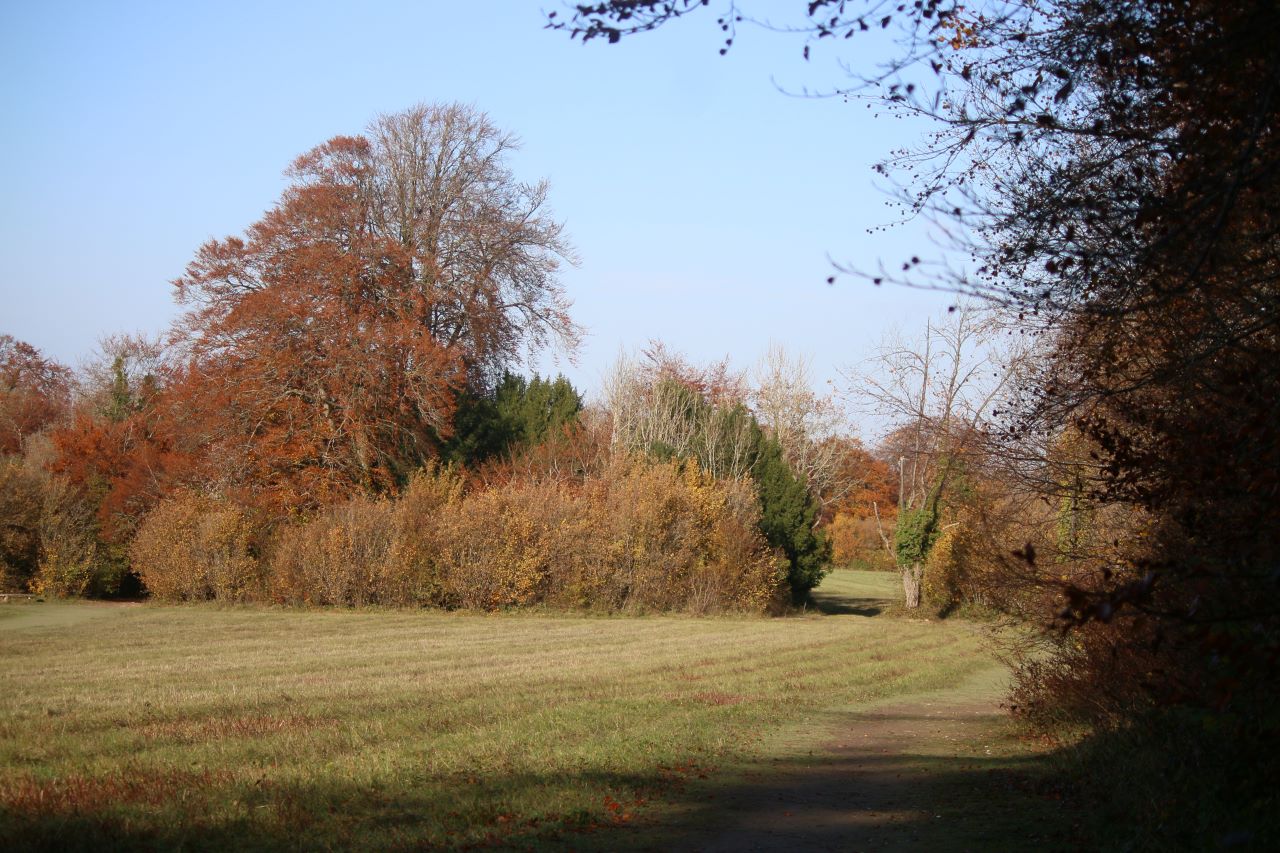
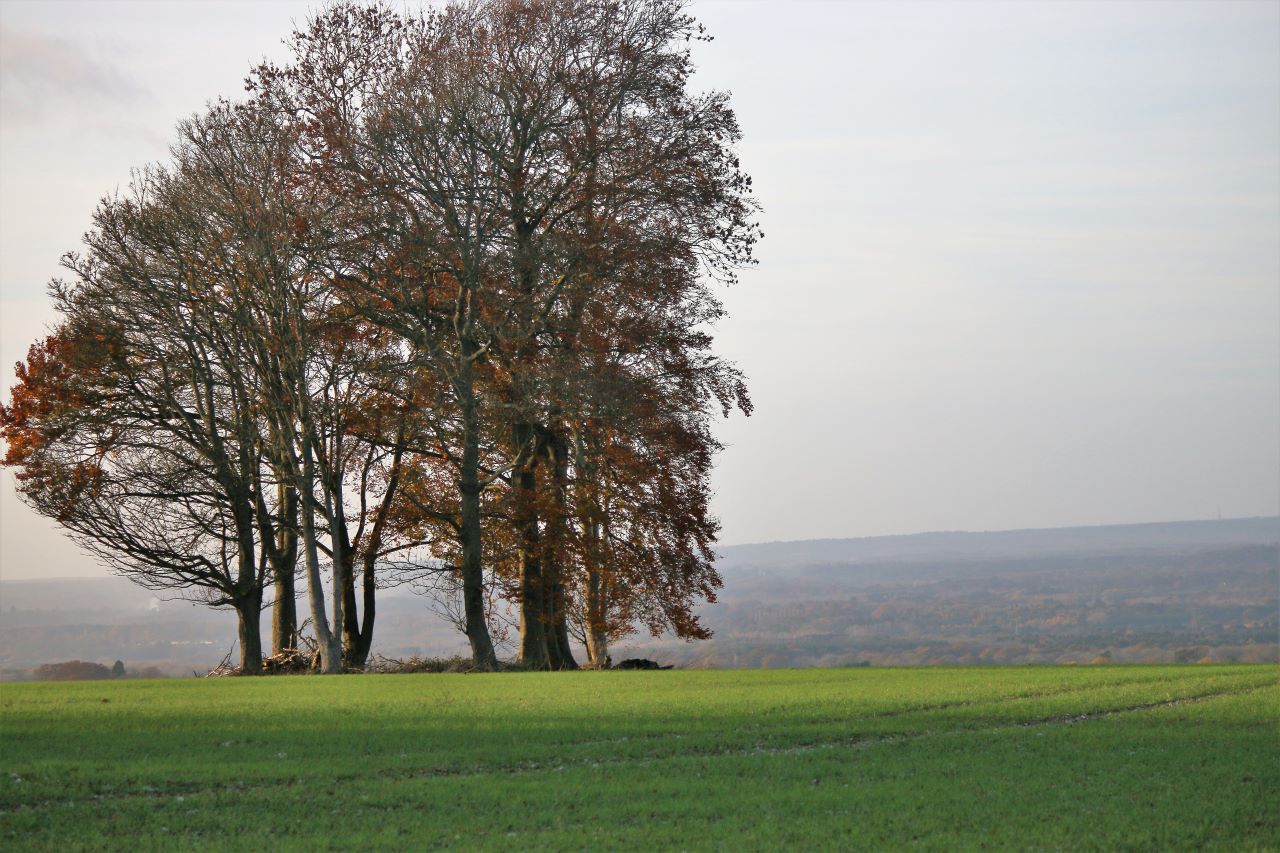
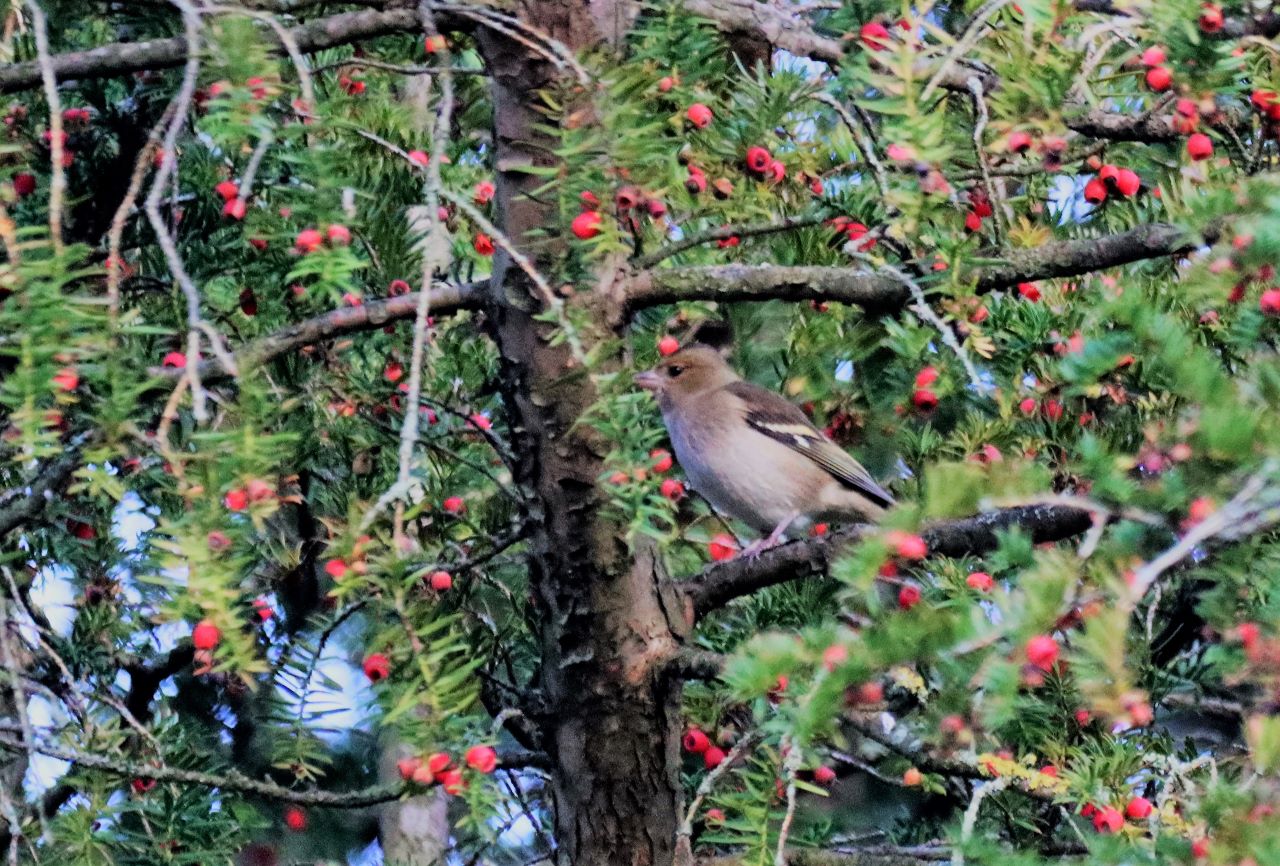
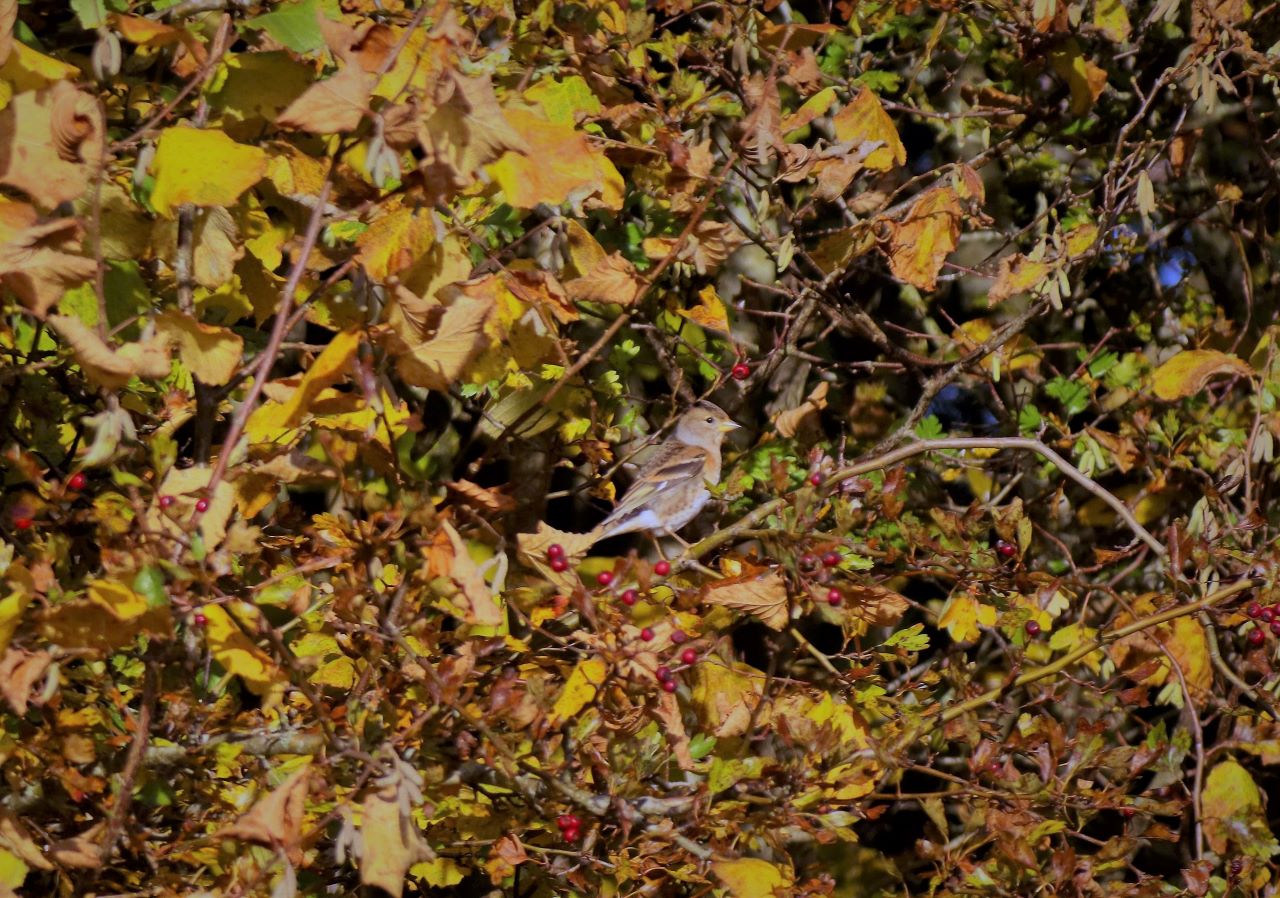
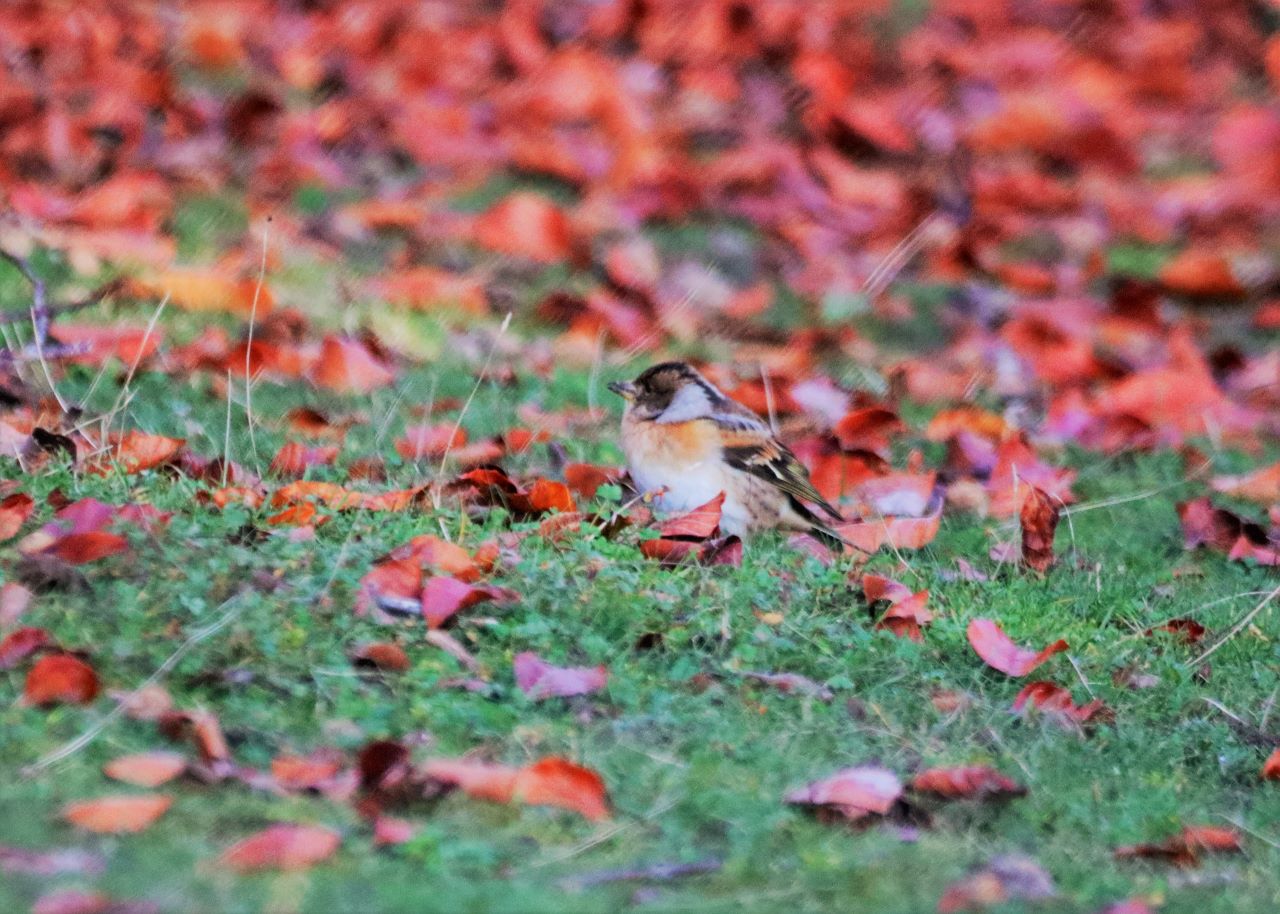


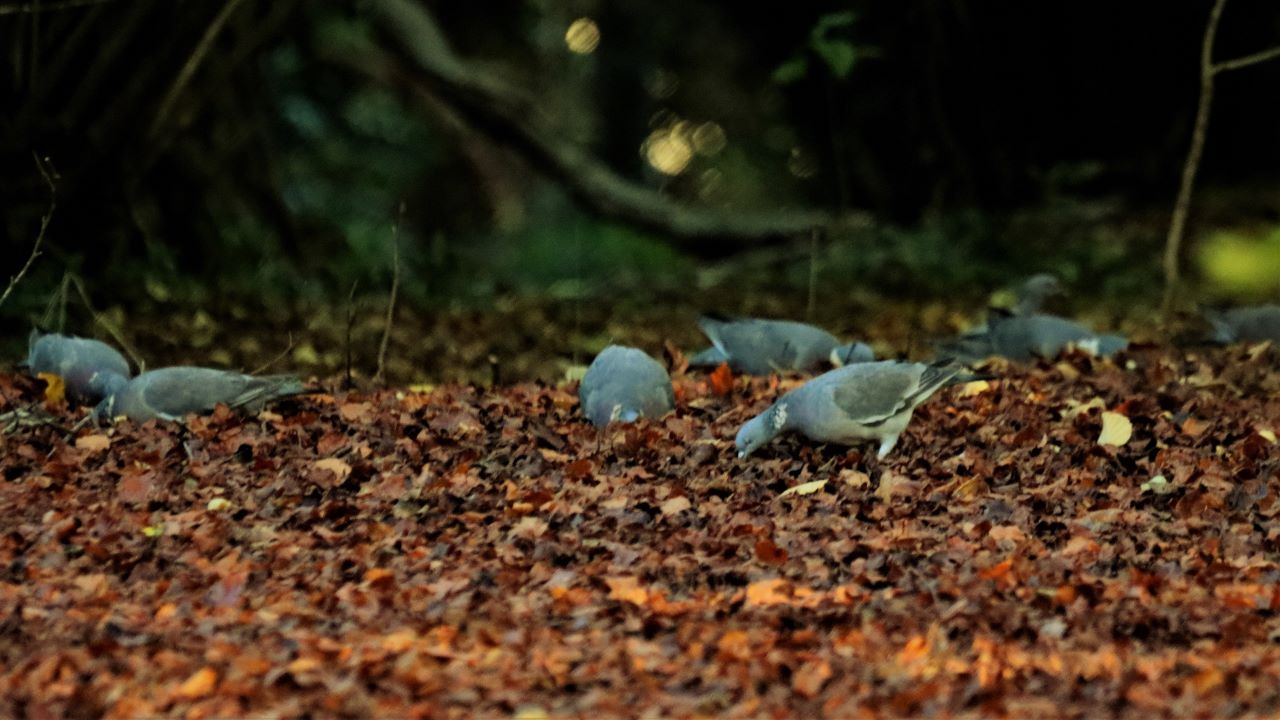
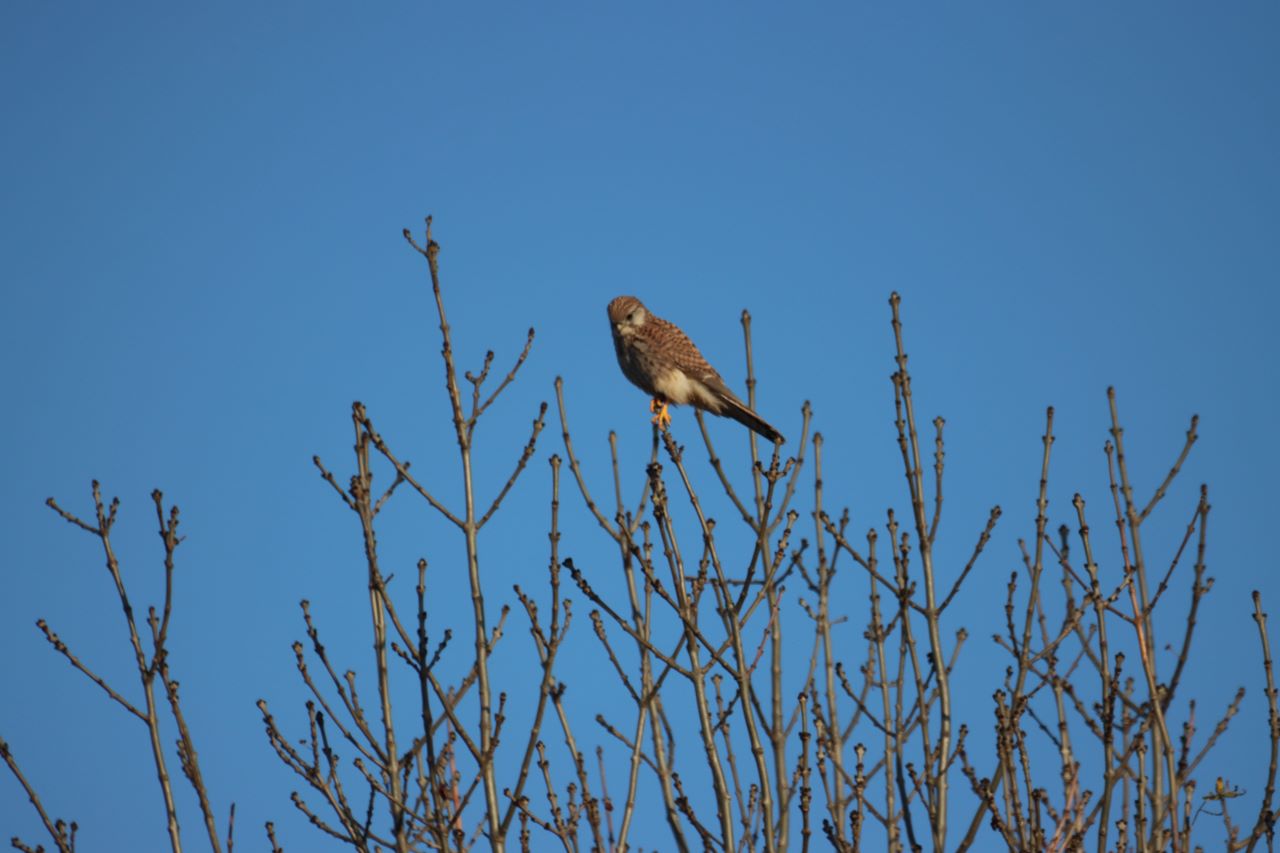
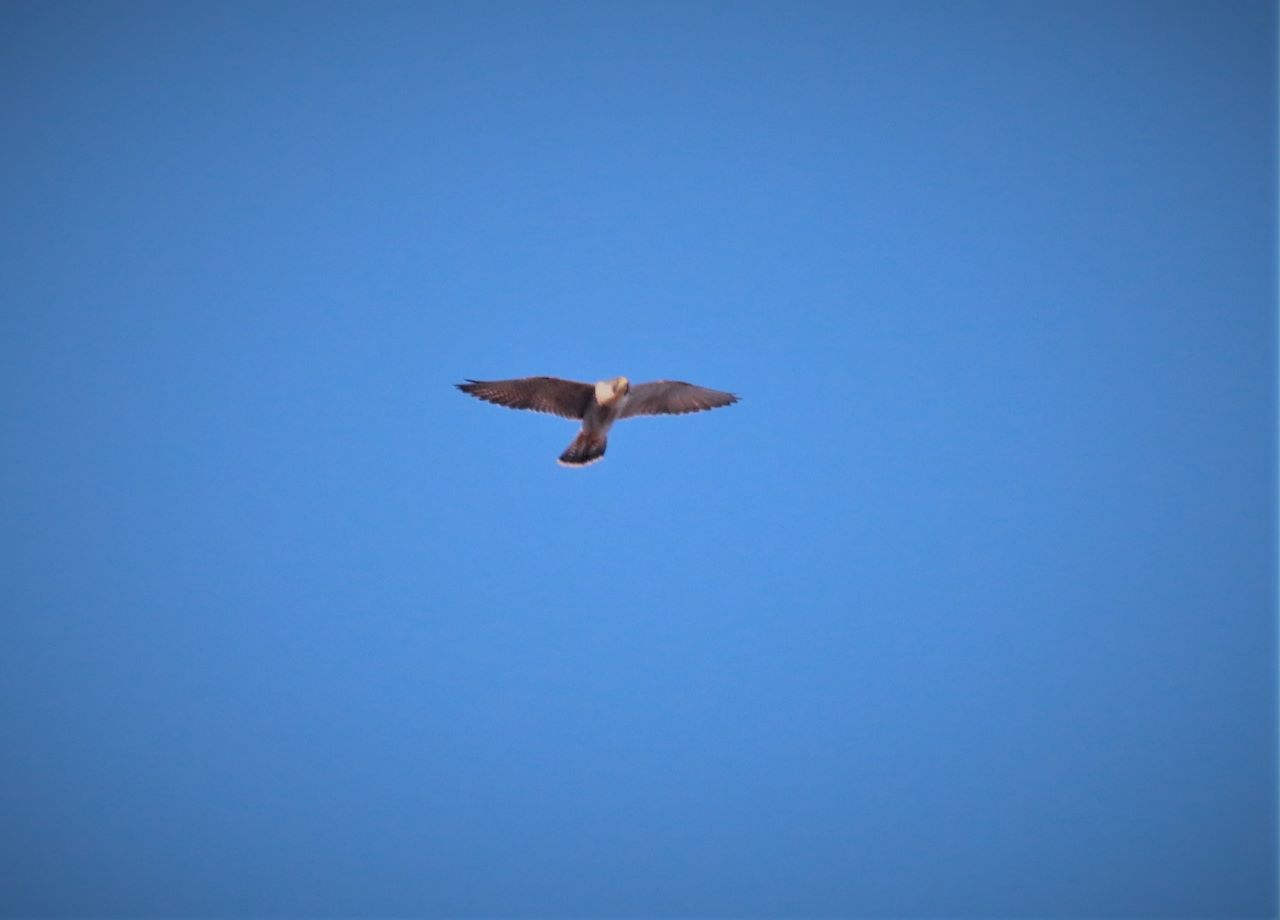

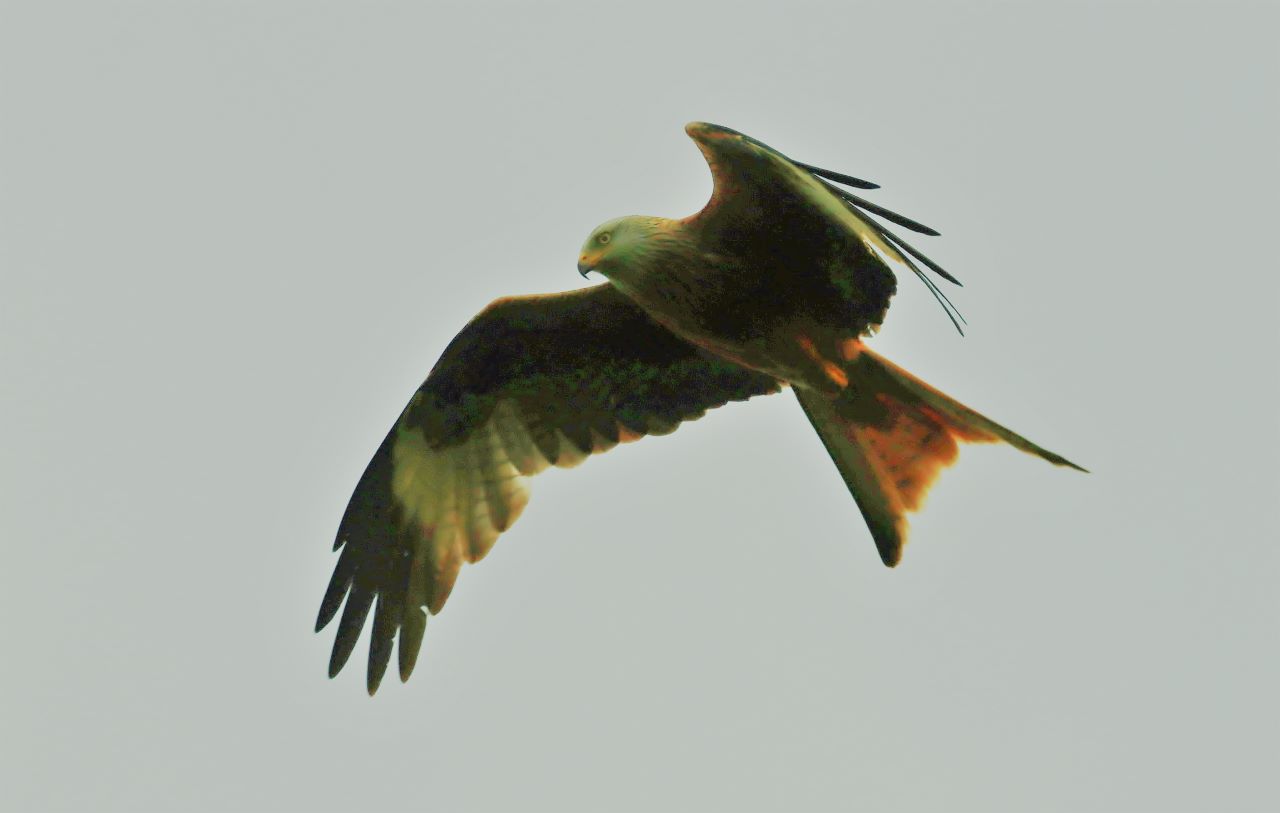
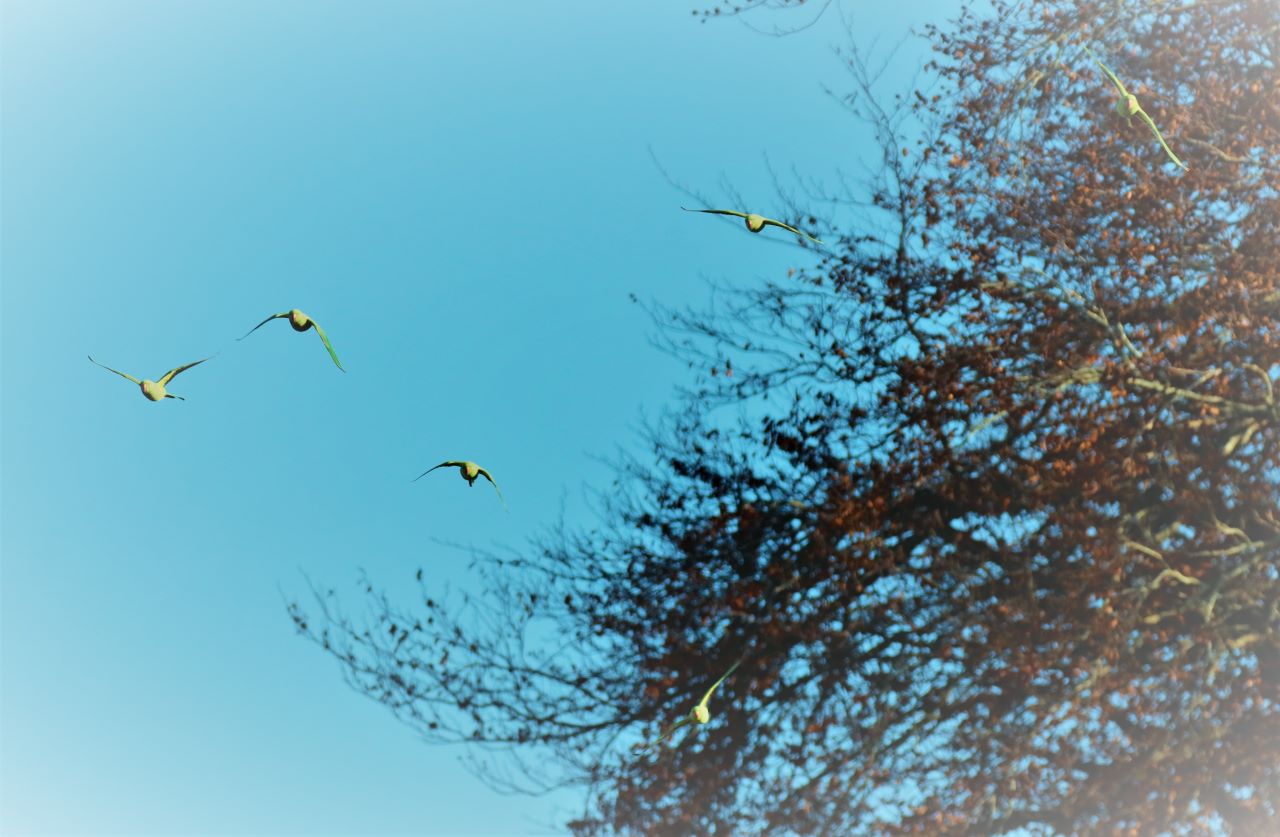
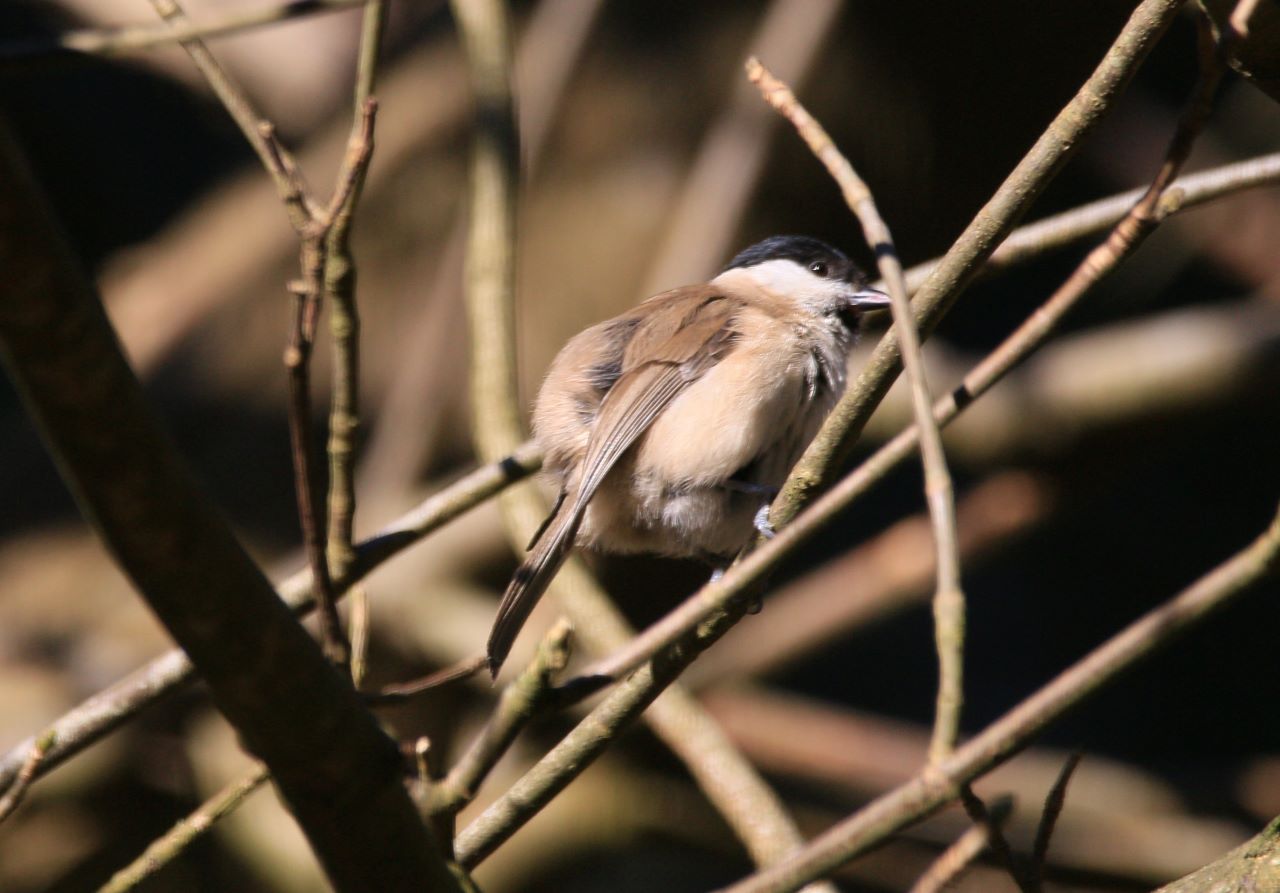
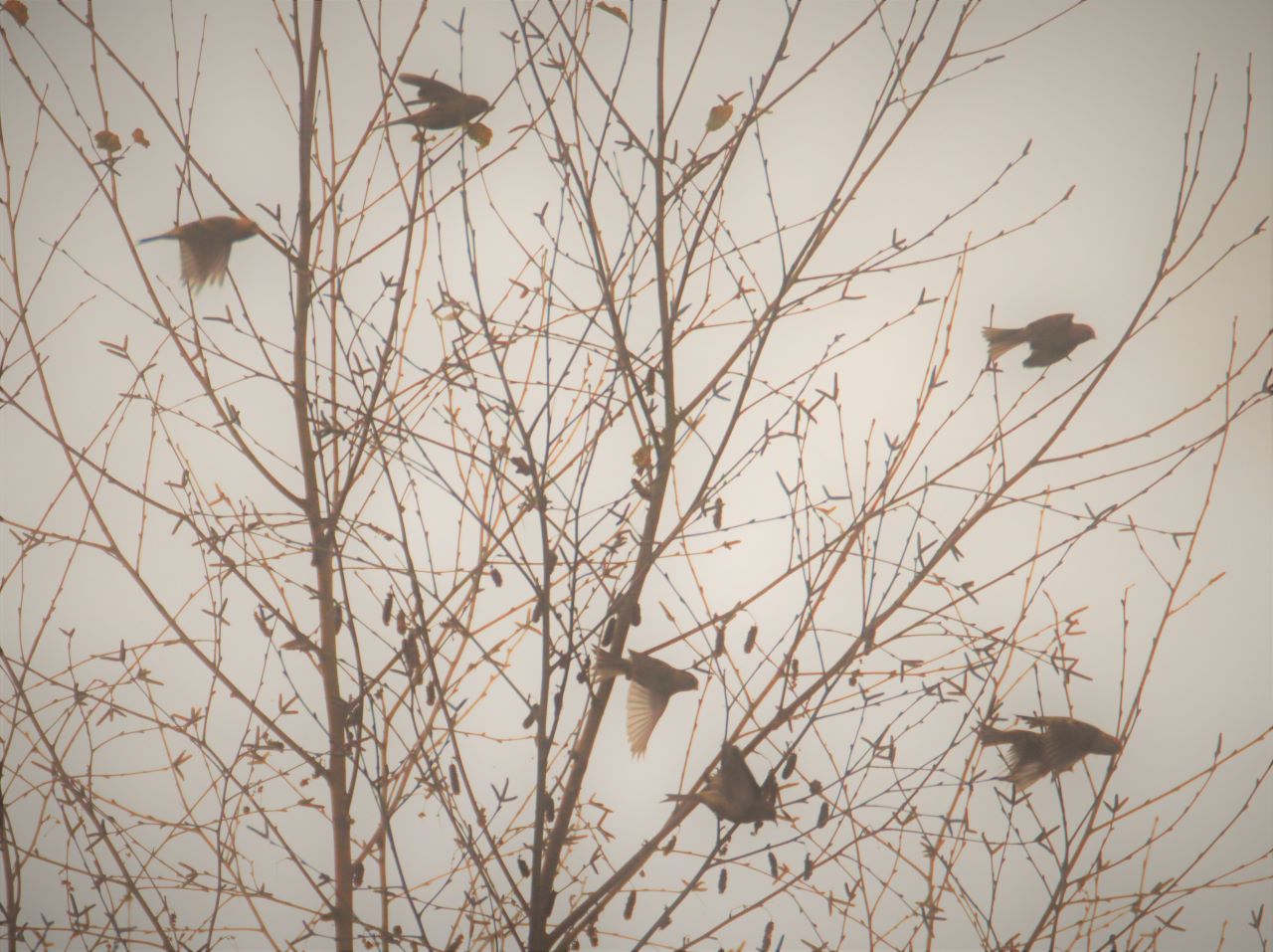
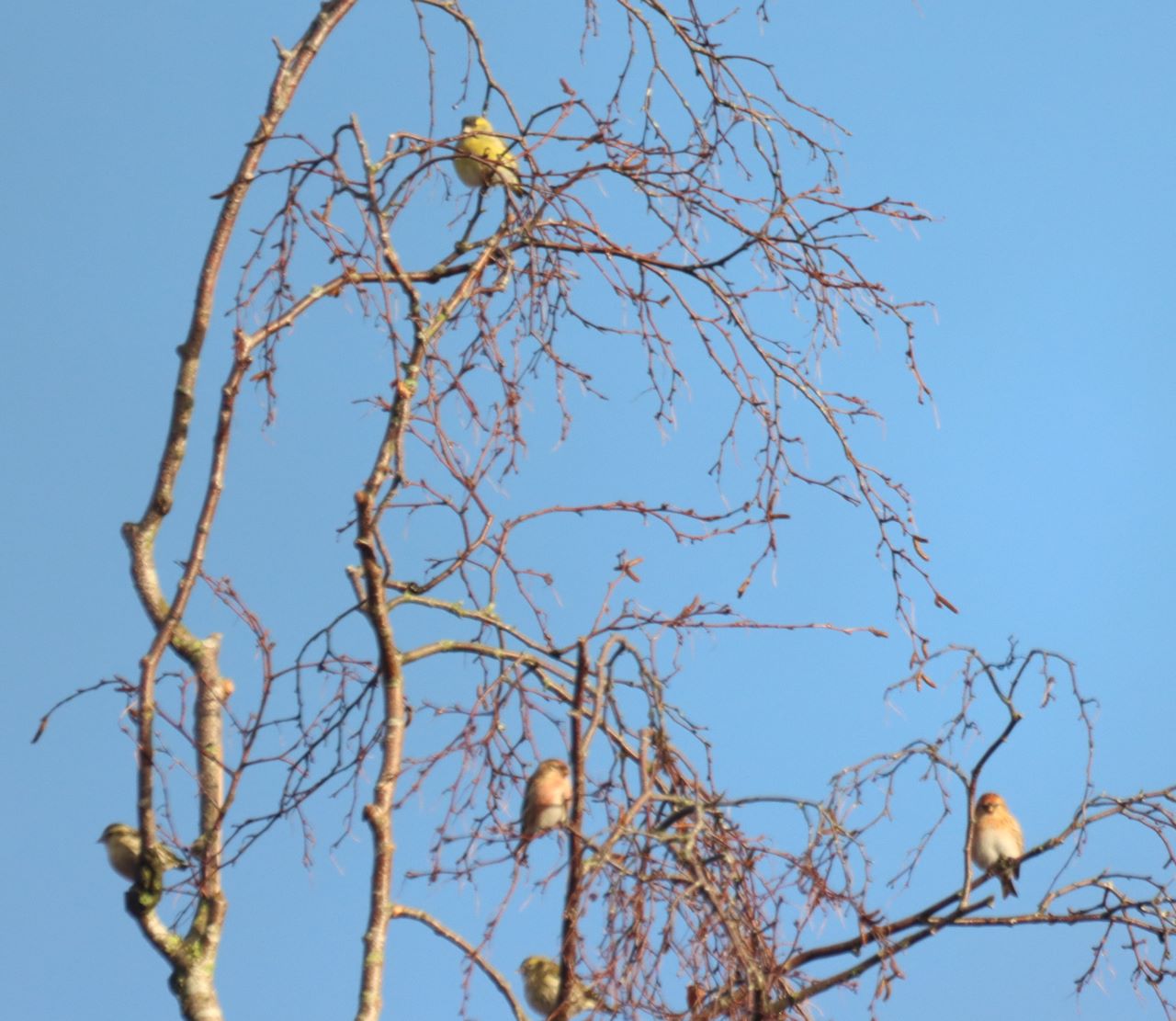


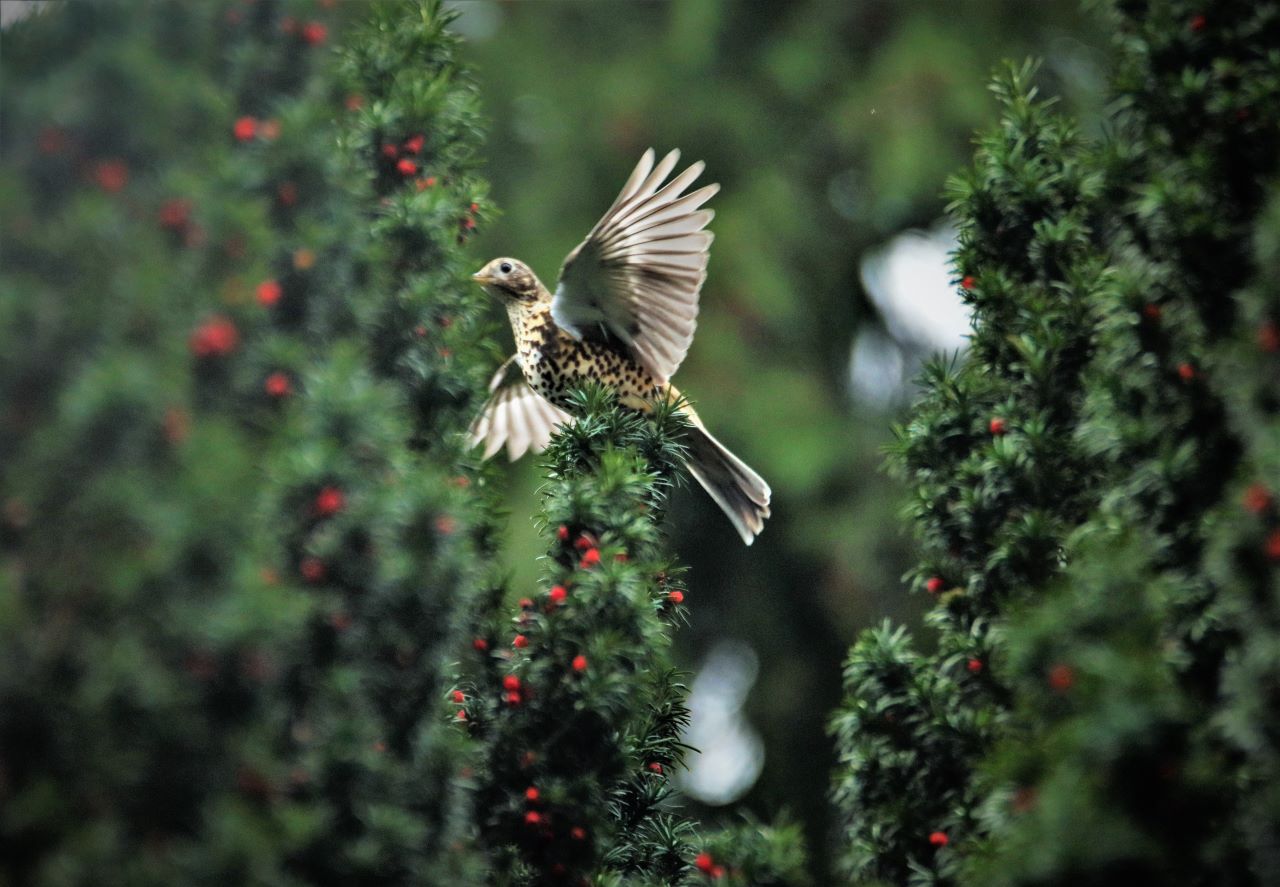

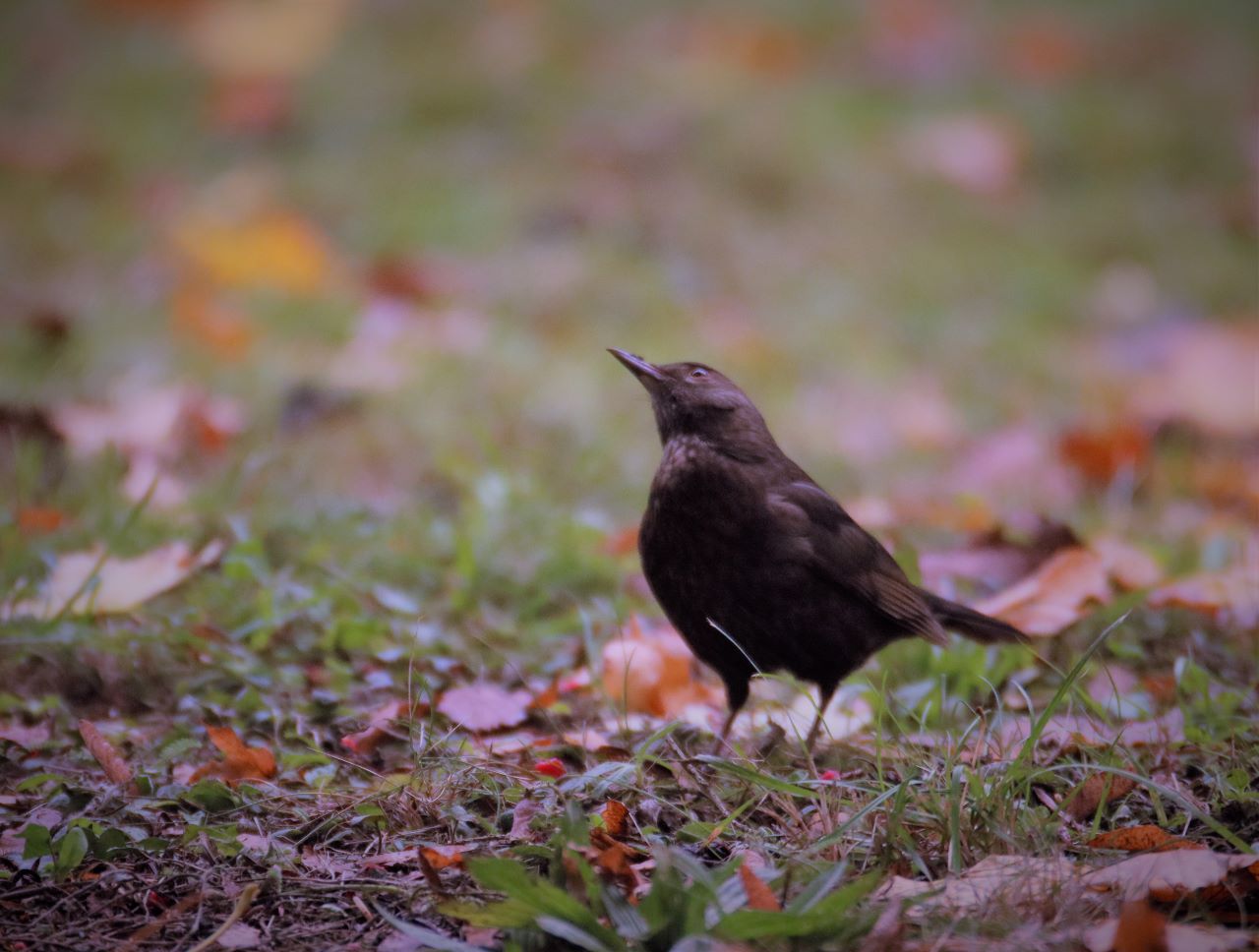

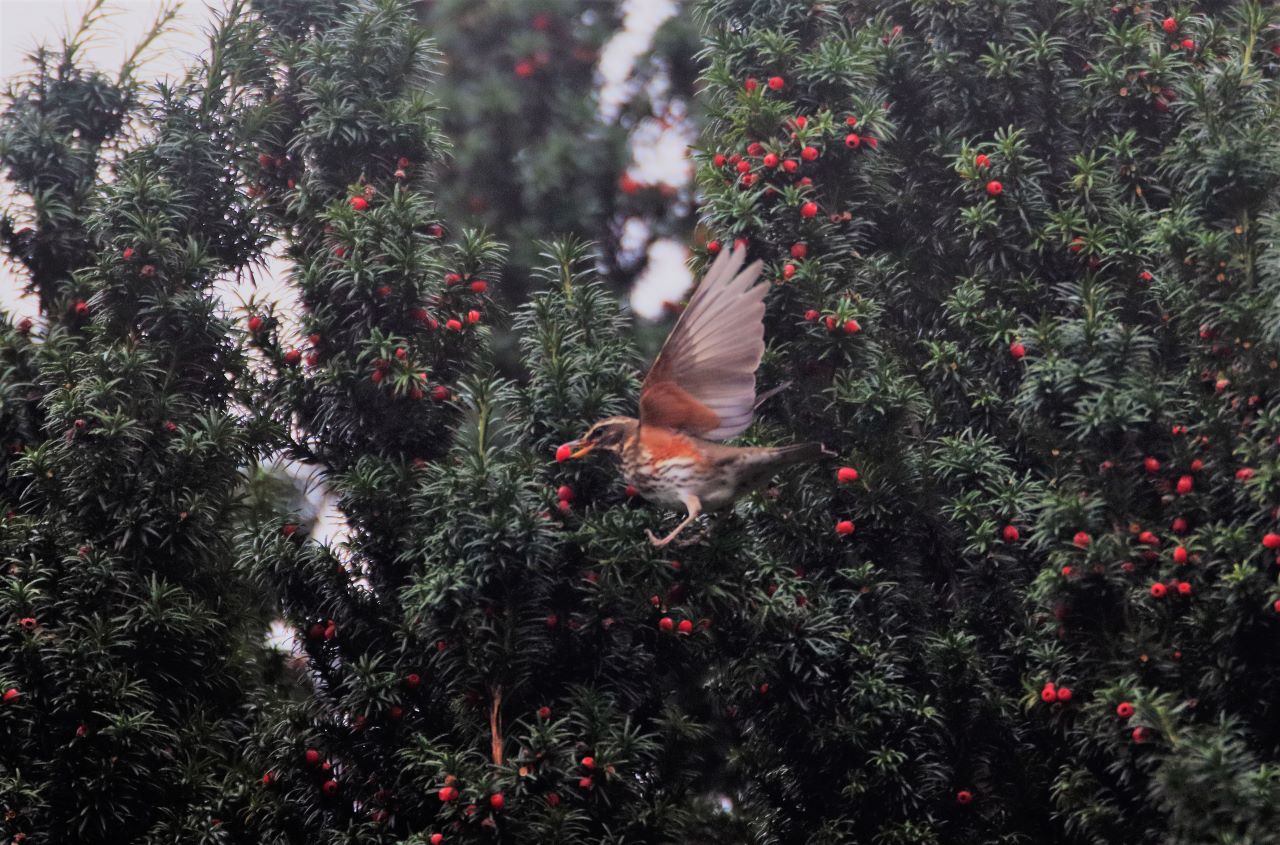

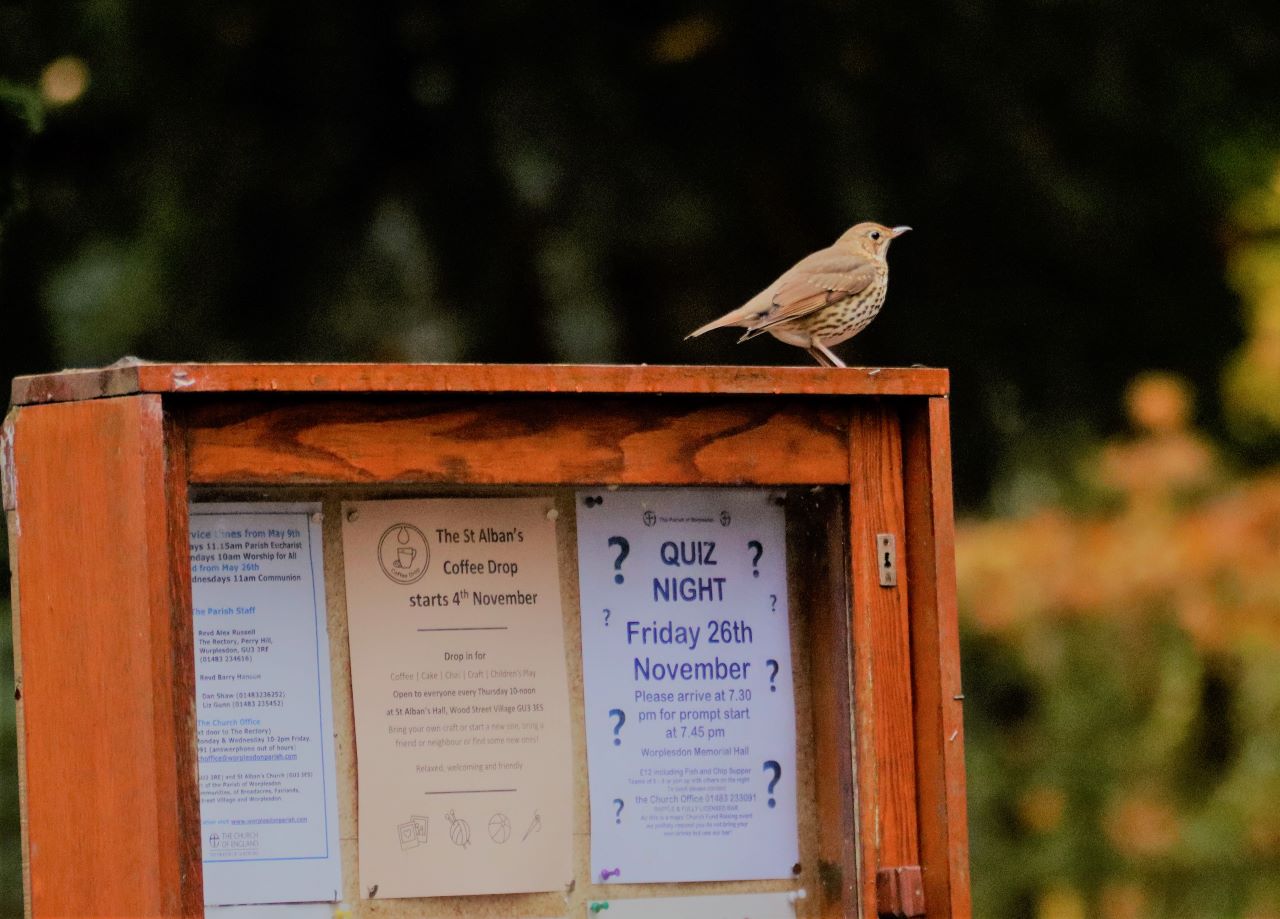
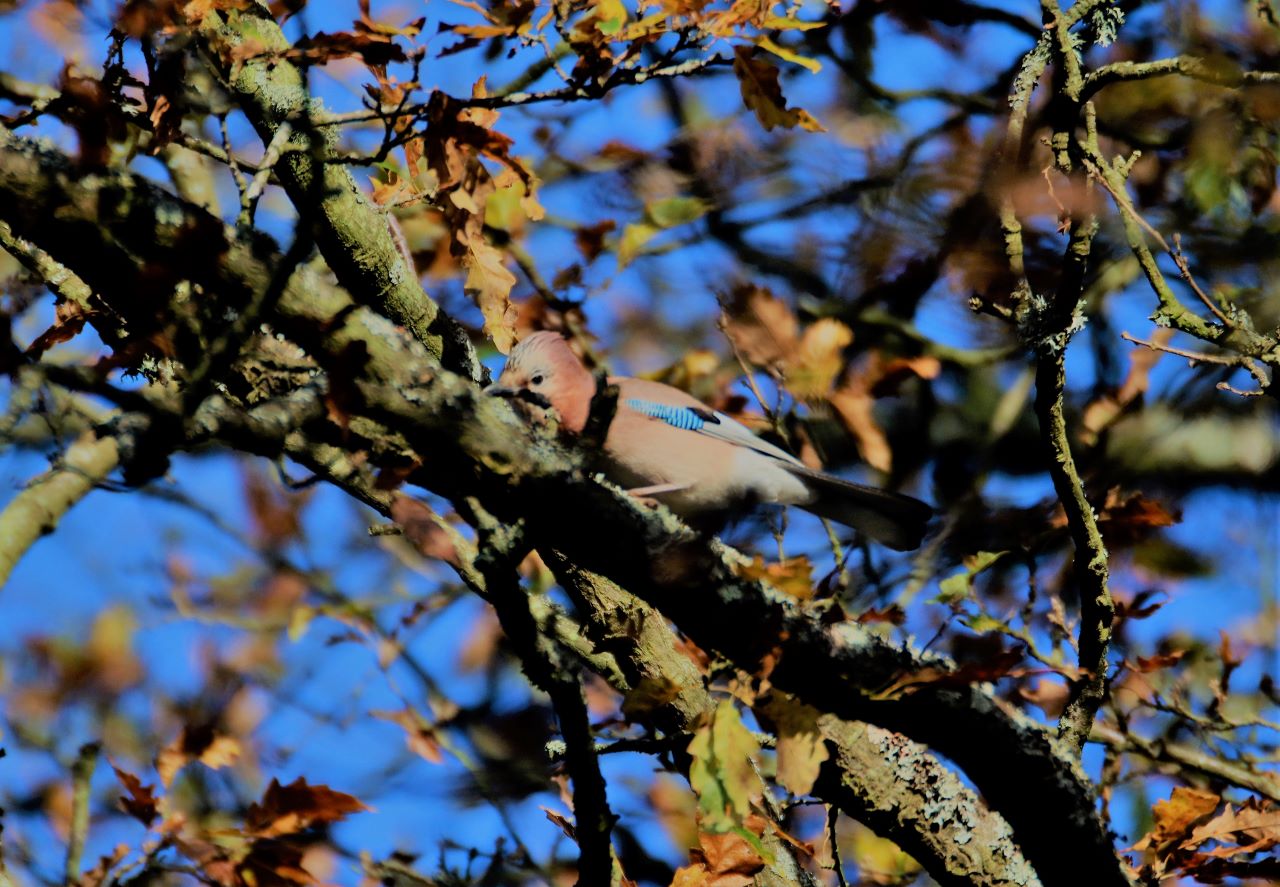
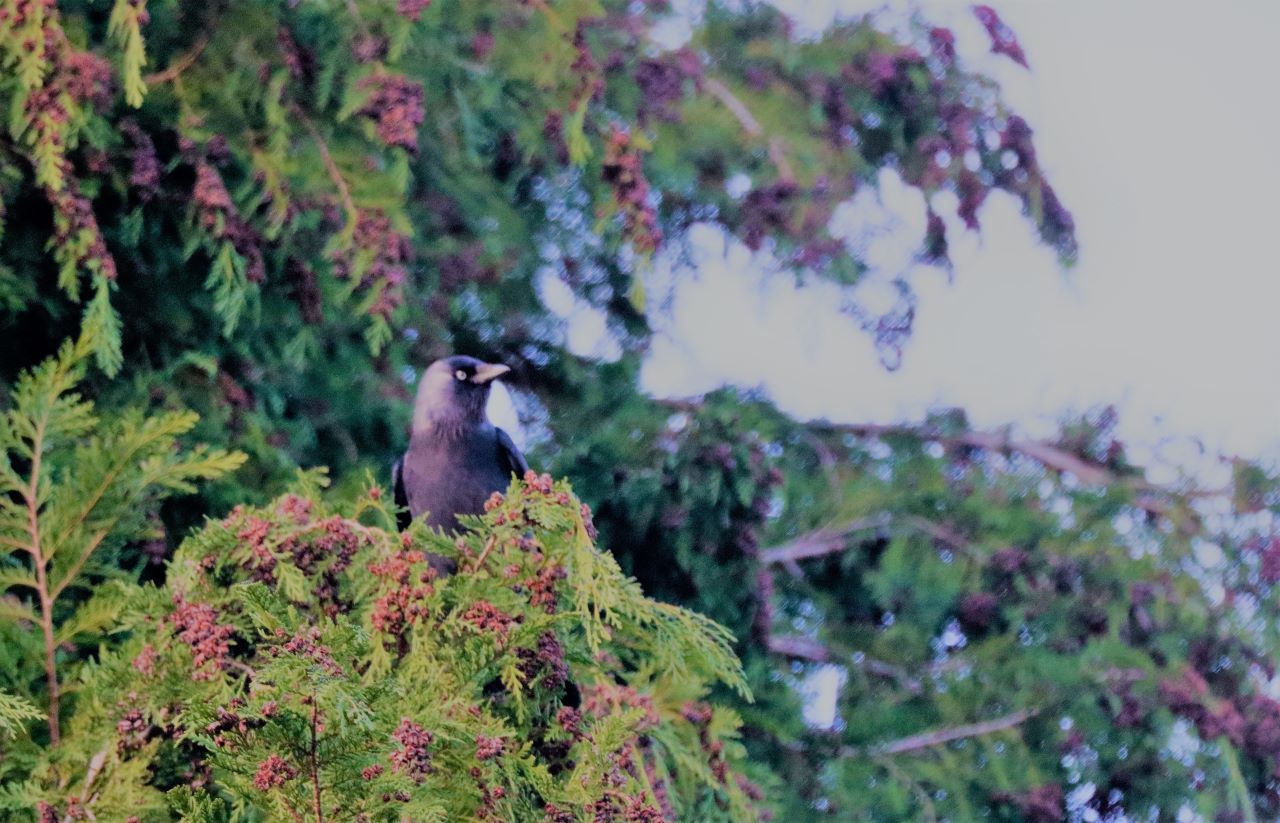


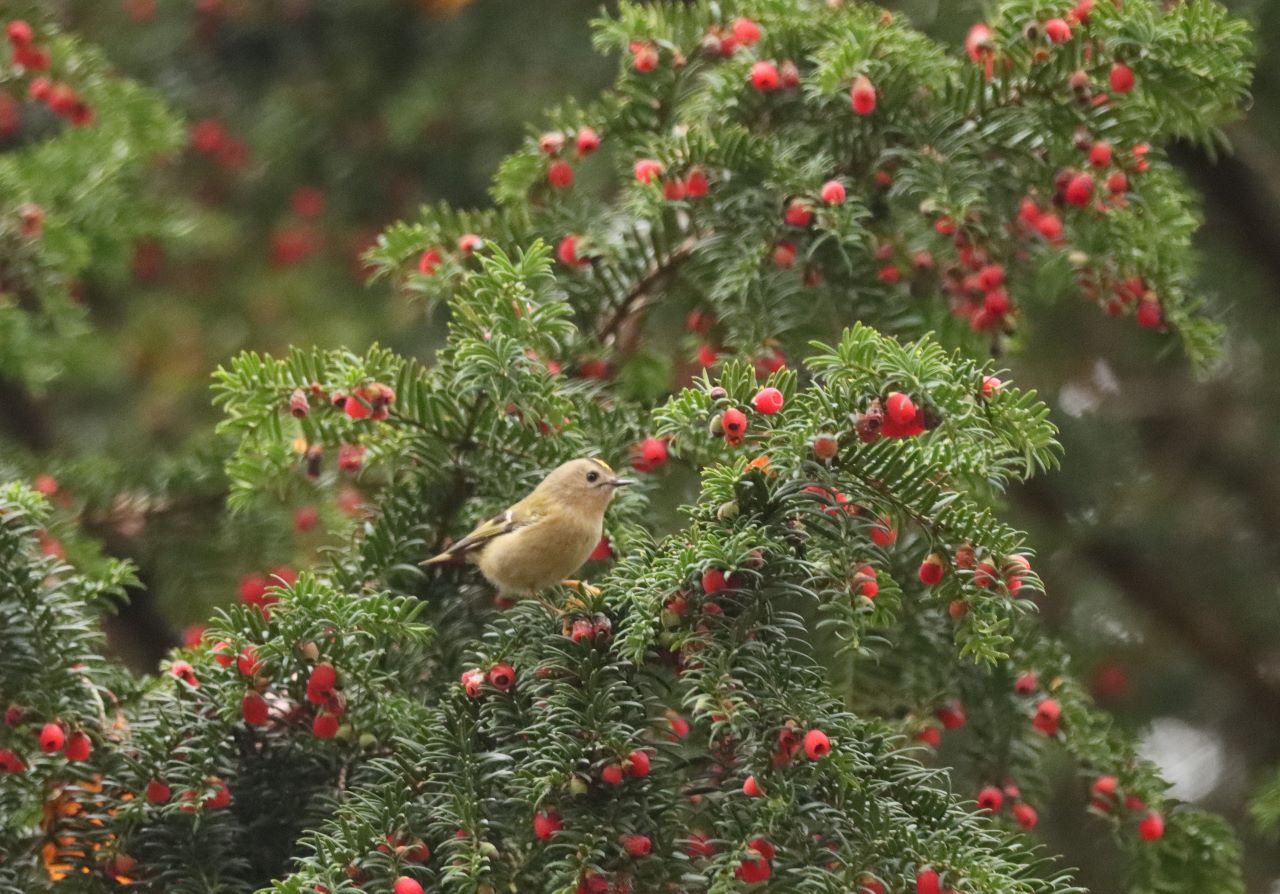
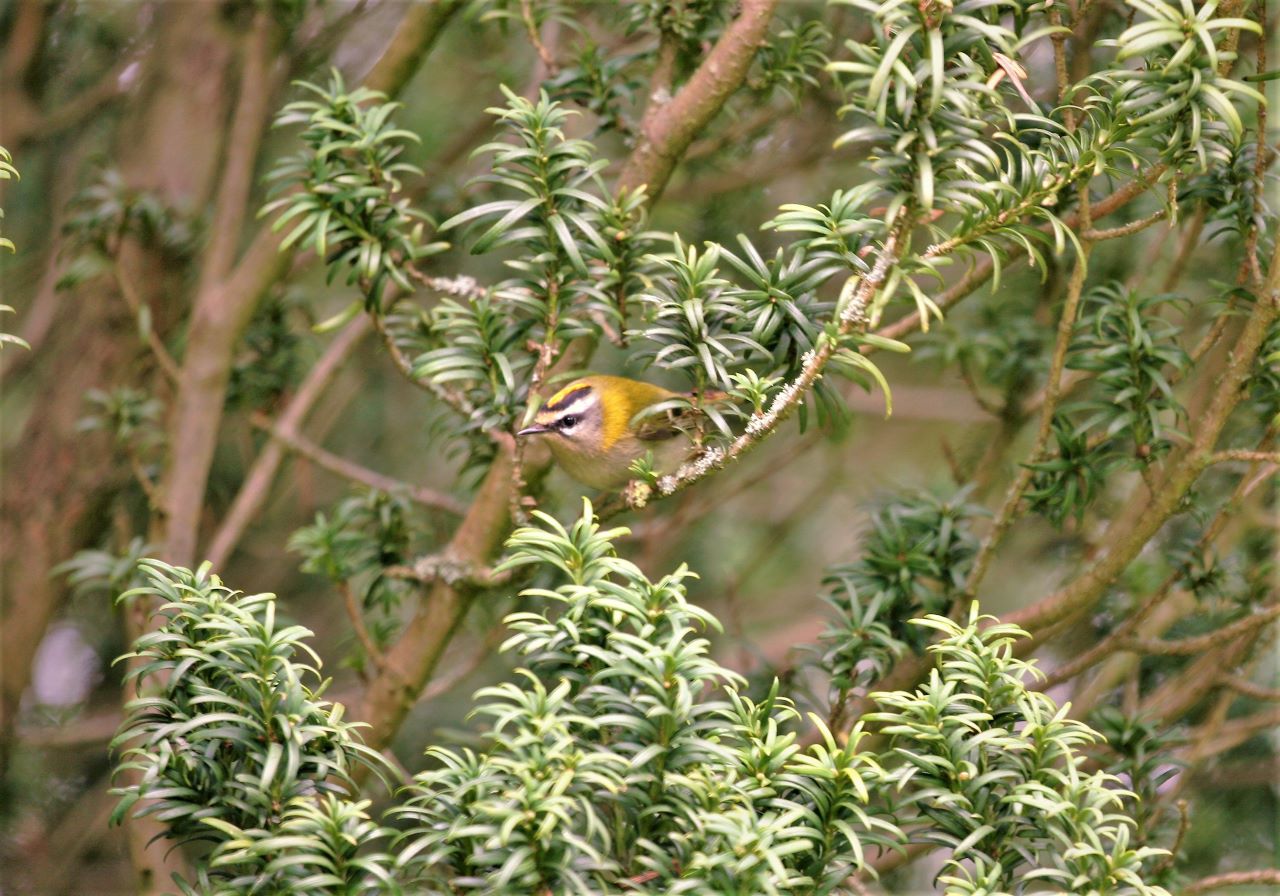

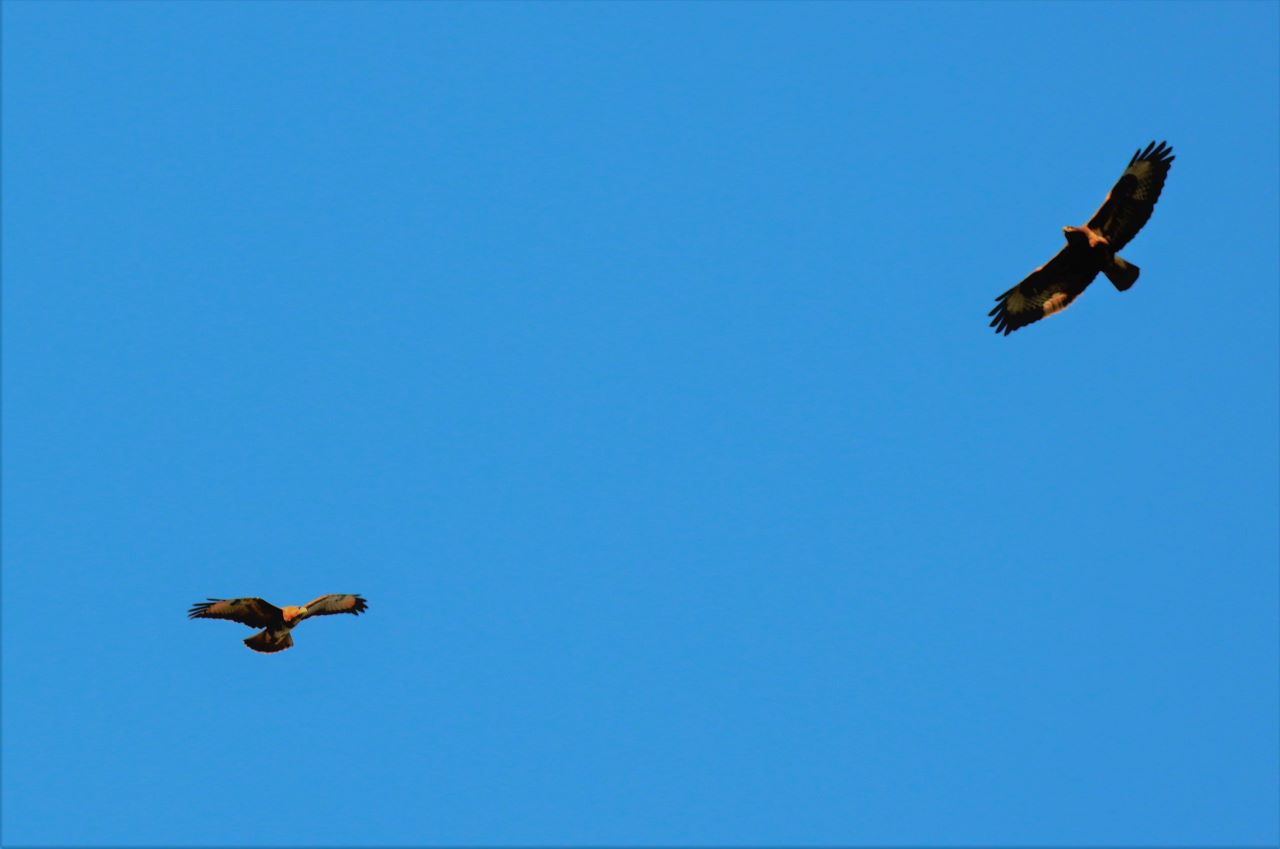
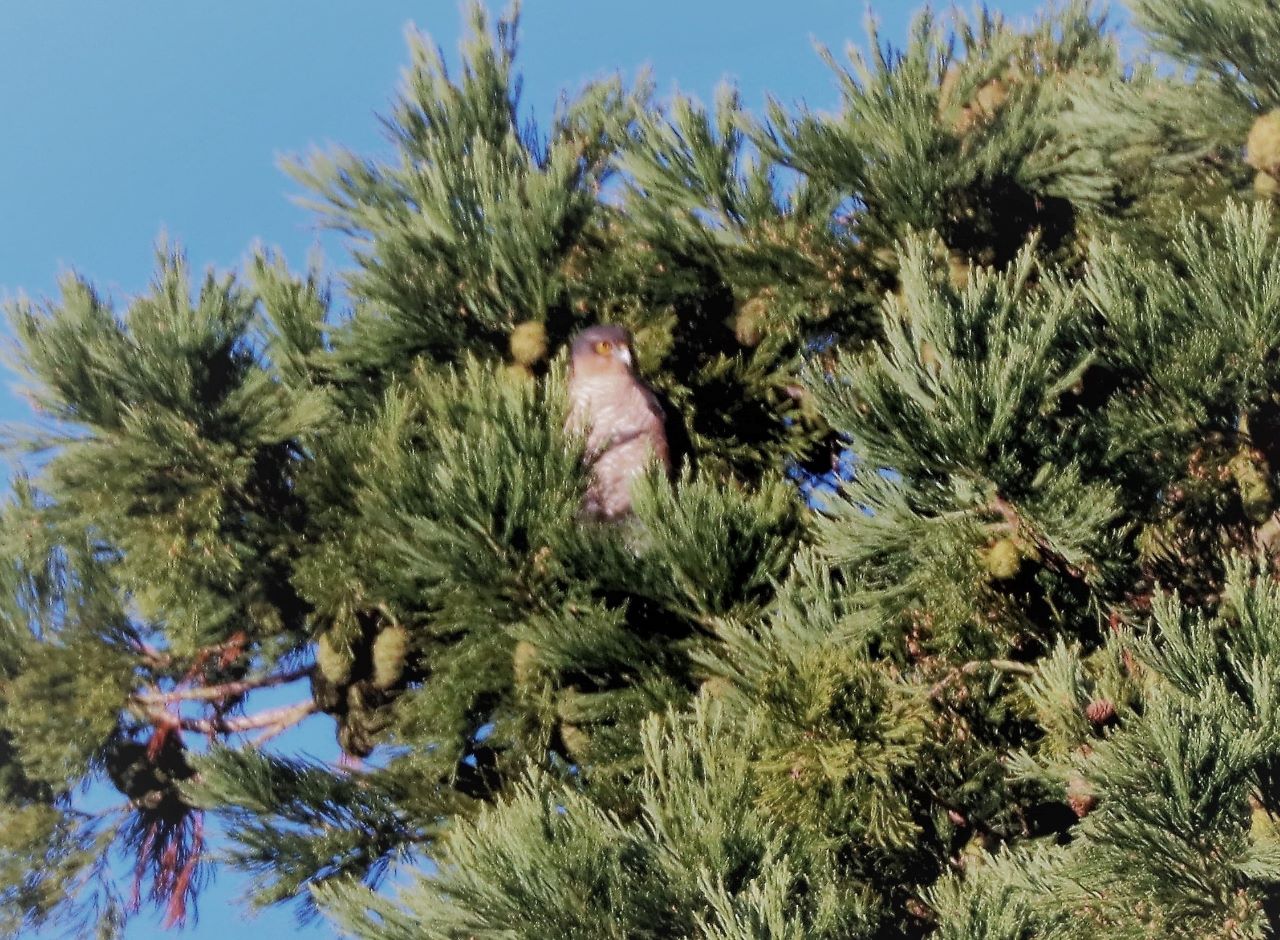



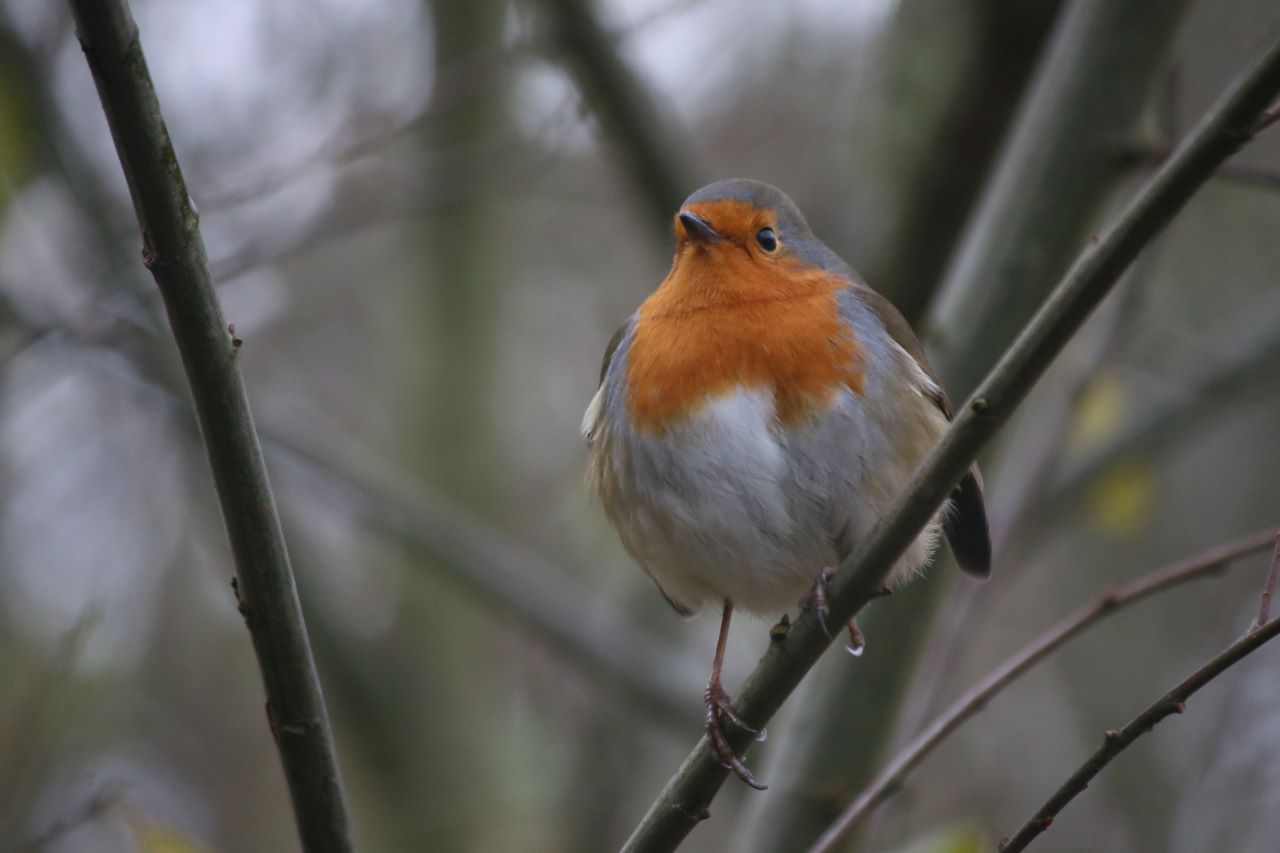
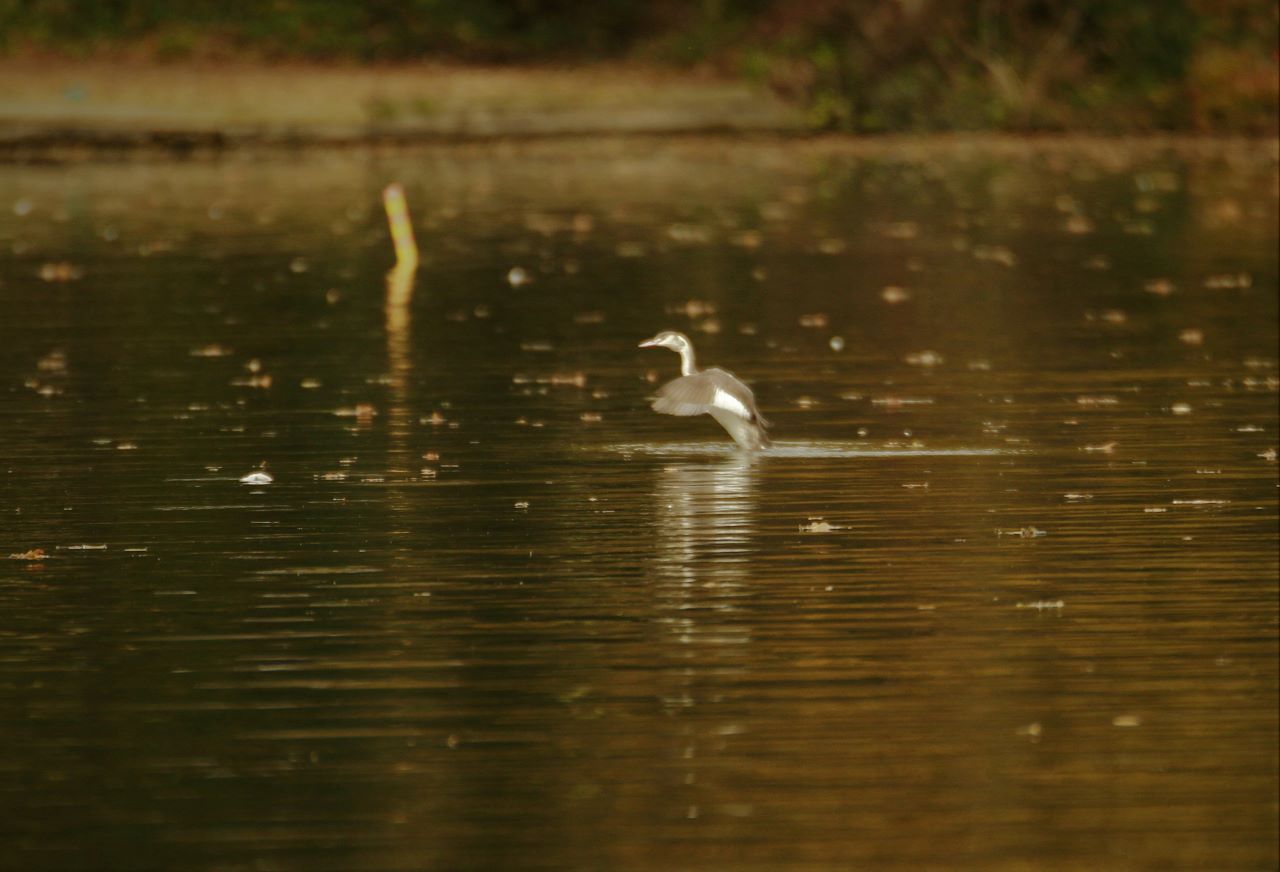
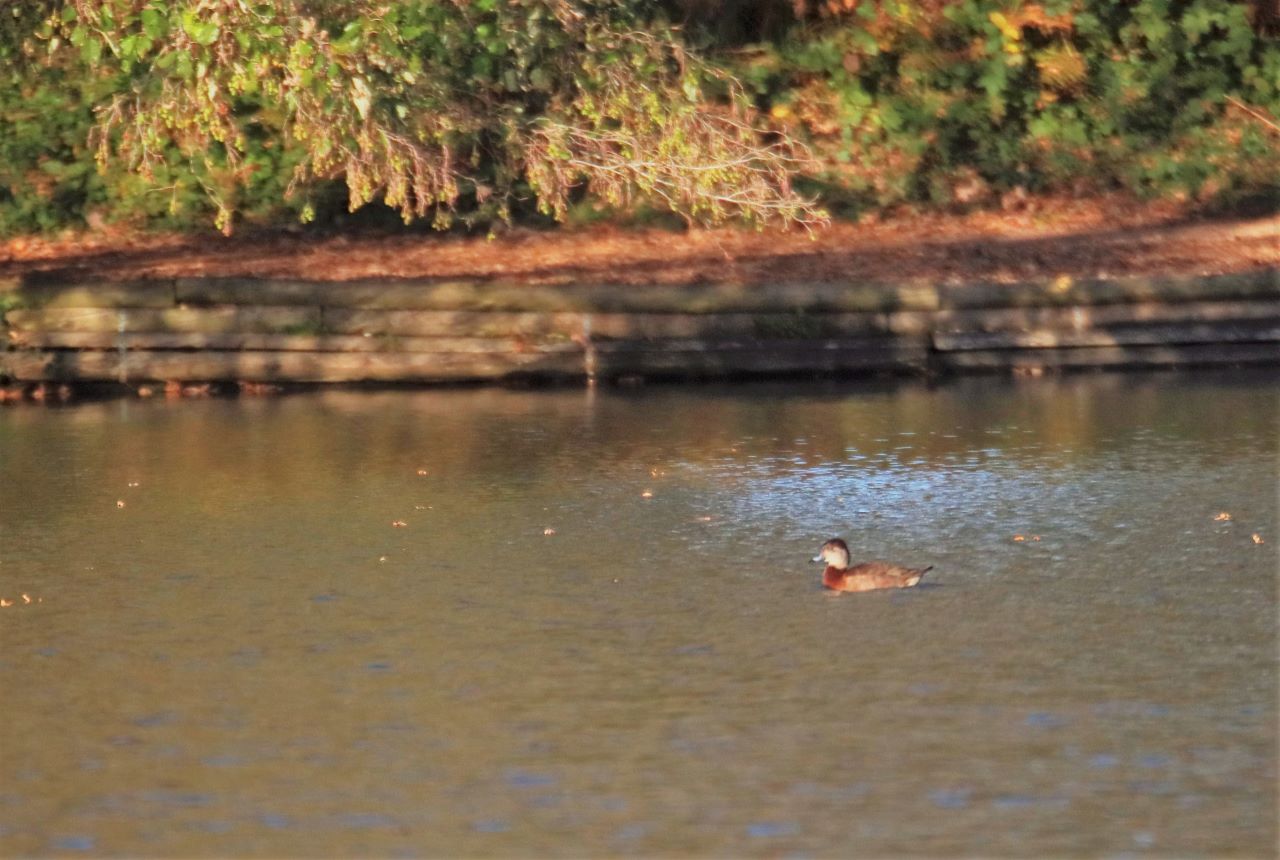
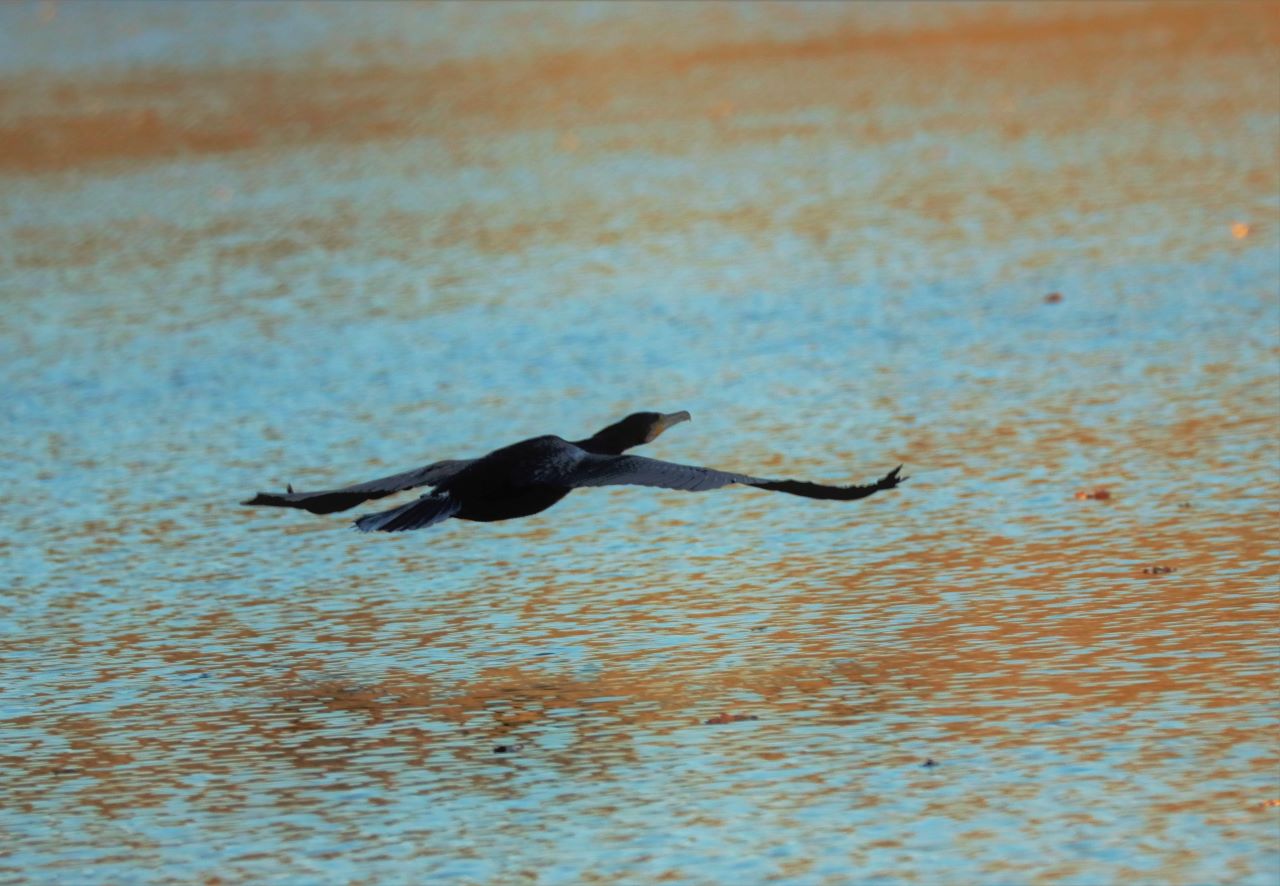
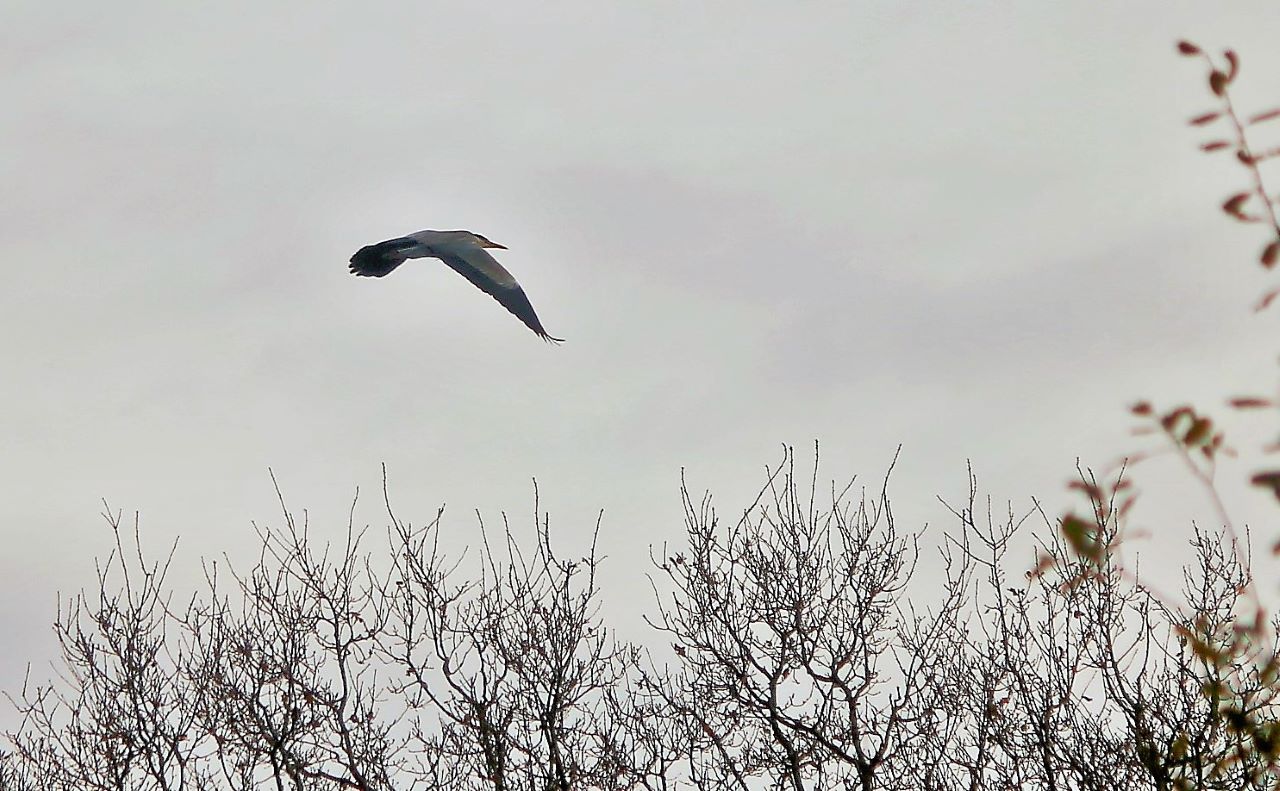
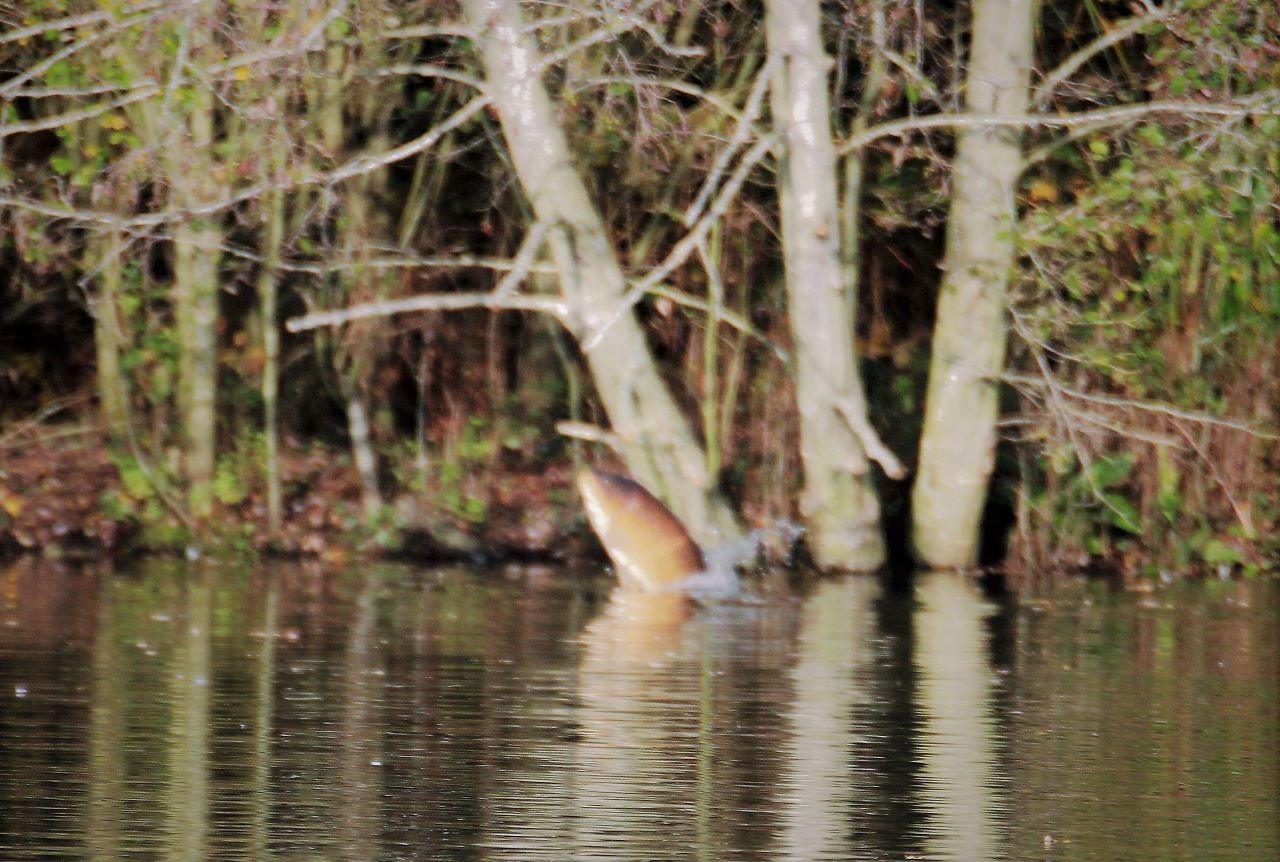


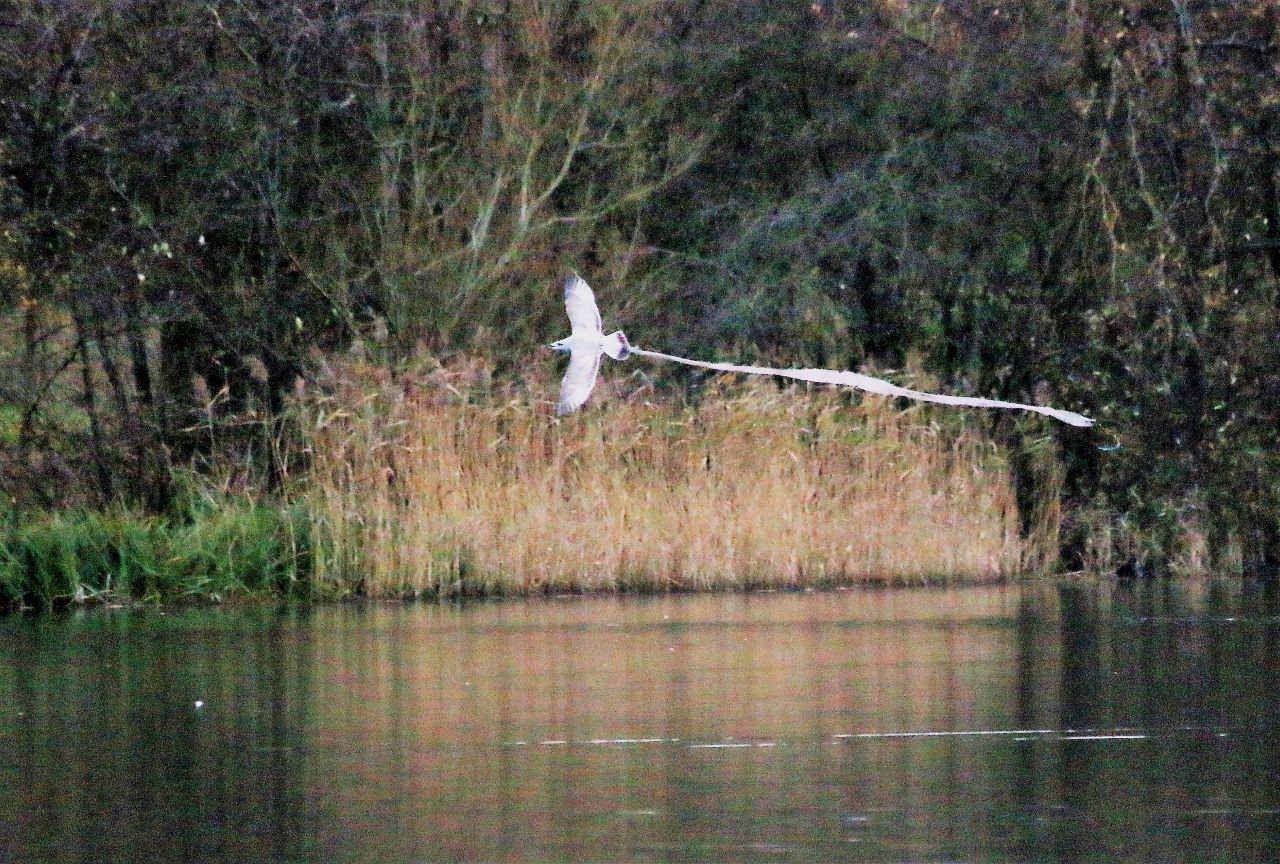
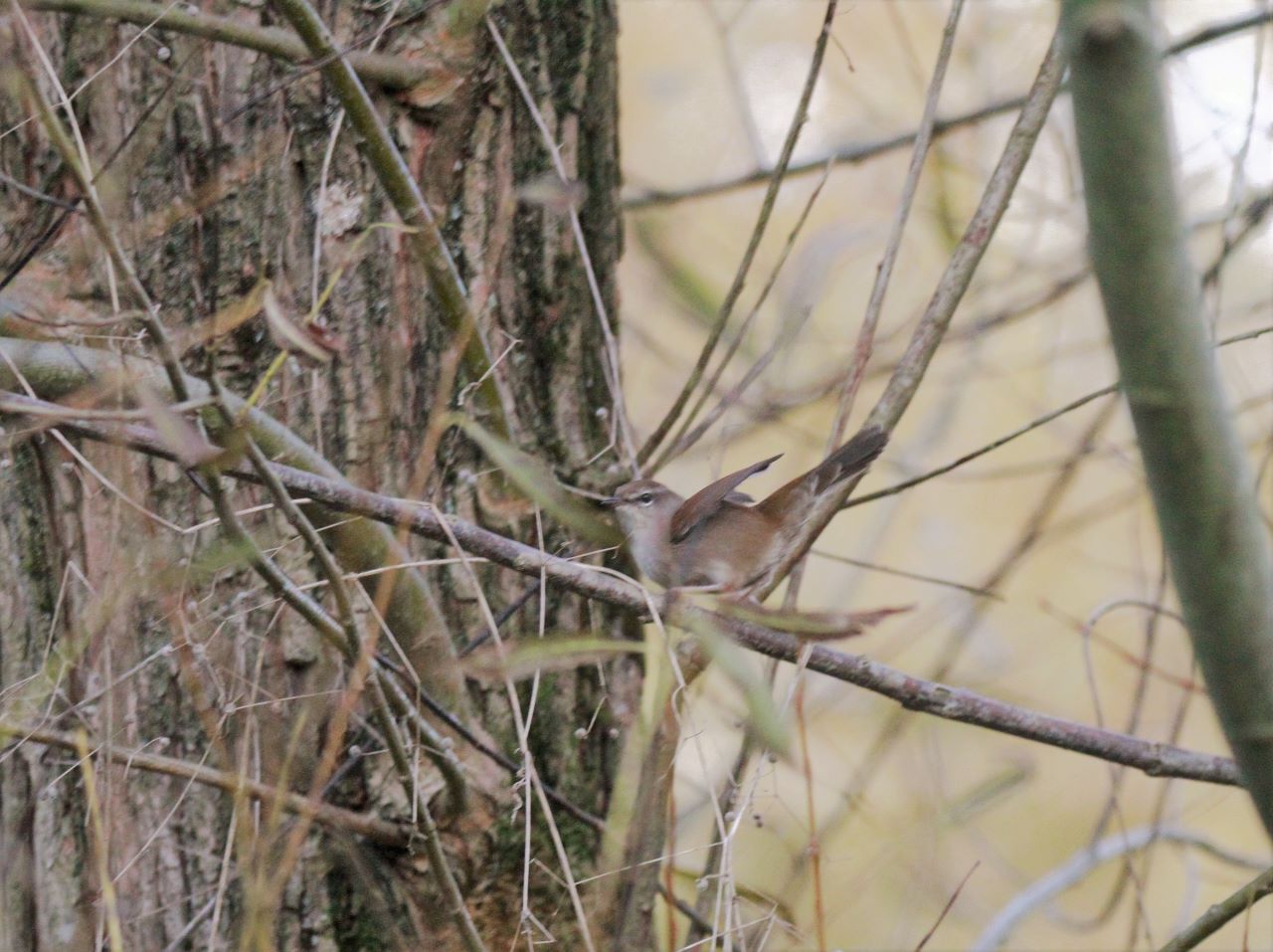

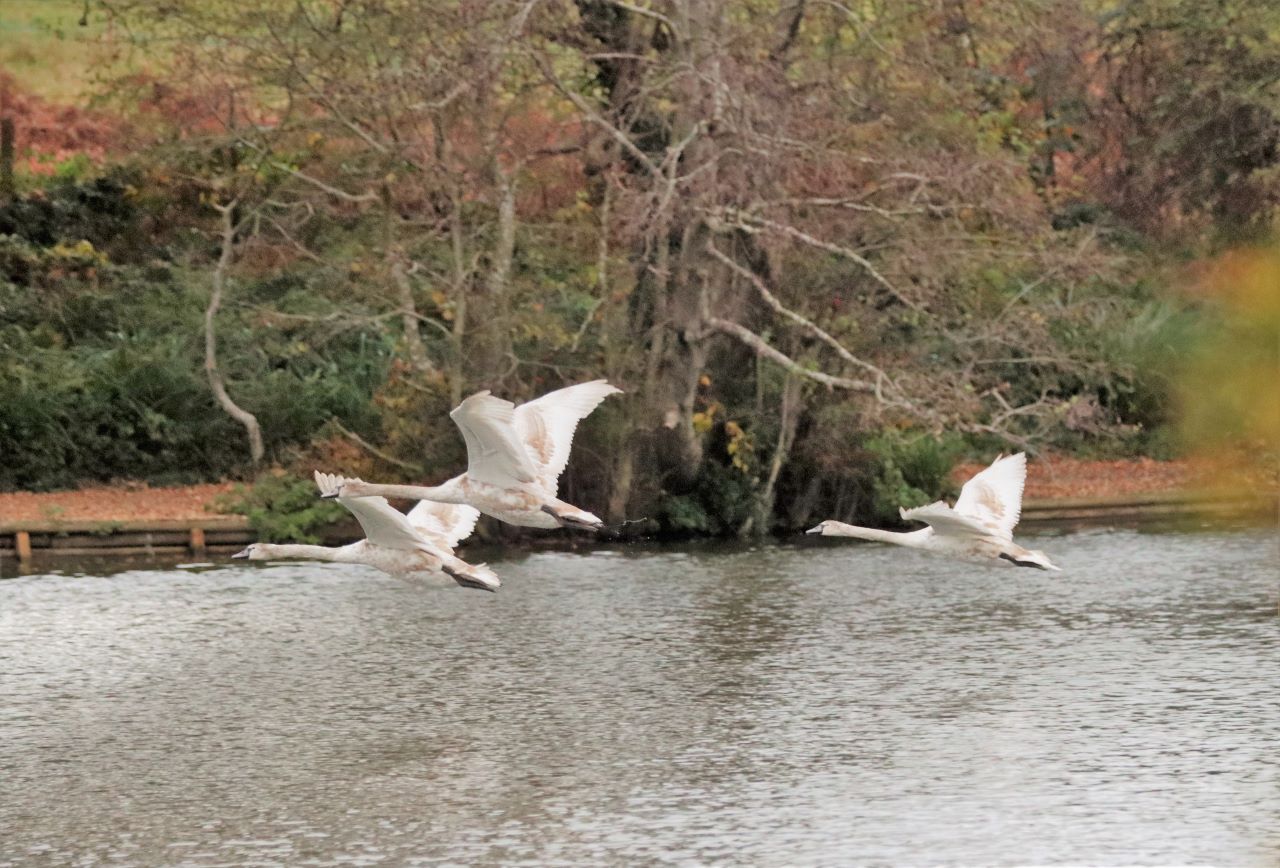
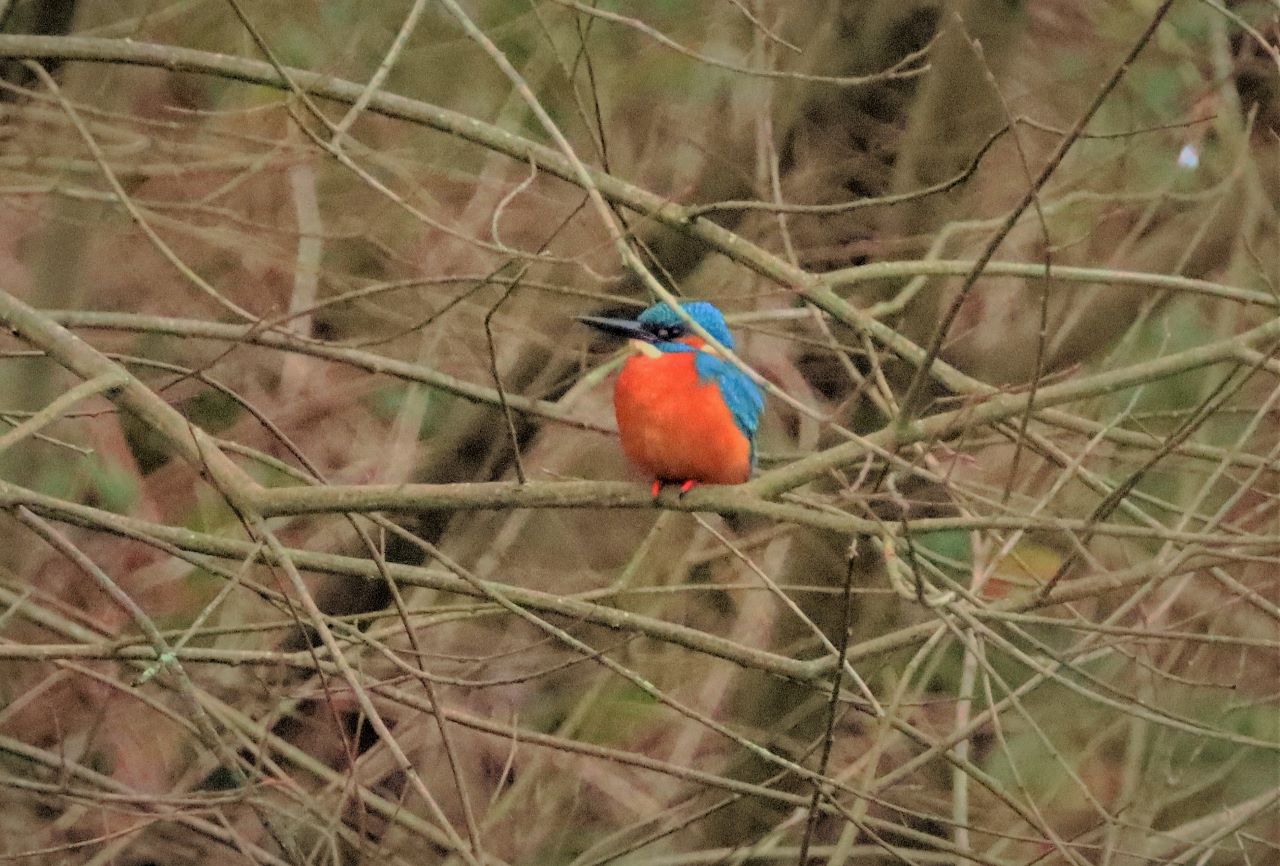
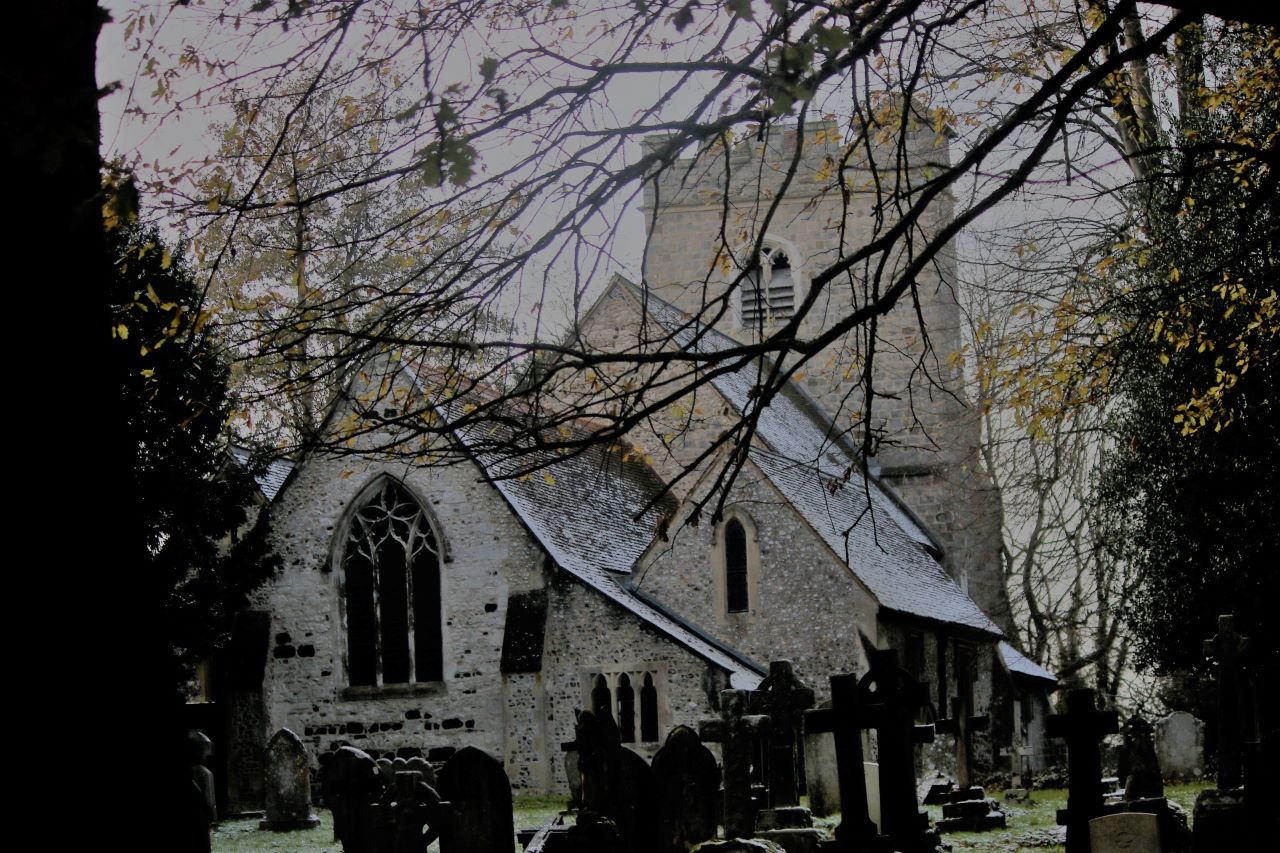








Geoff Bailey
December 7, 2021 at 12:55 pm
A wonderful collection. Thanks.